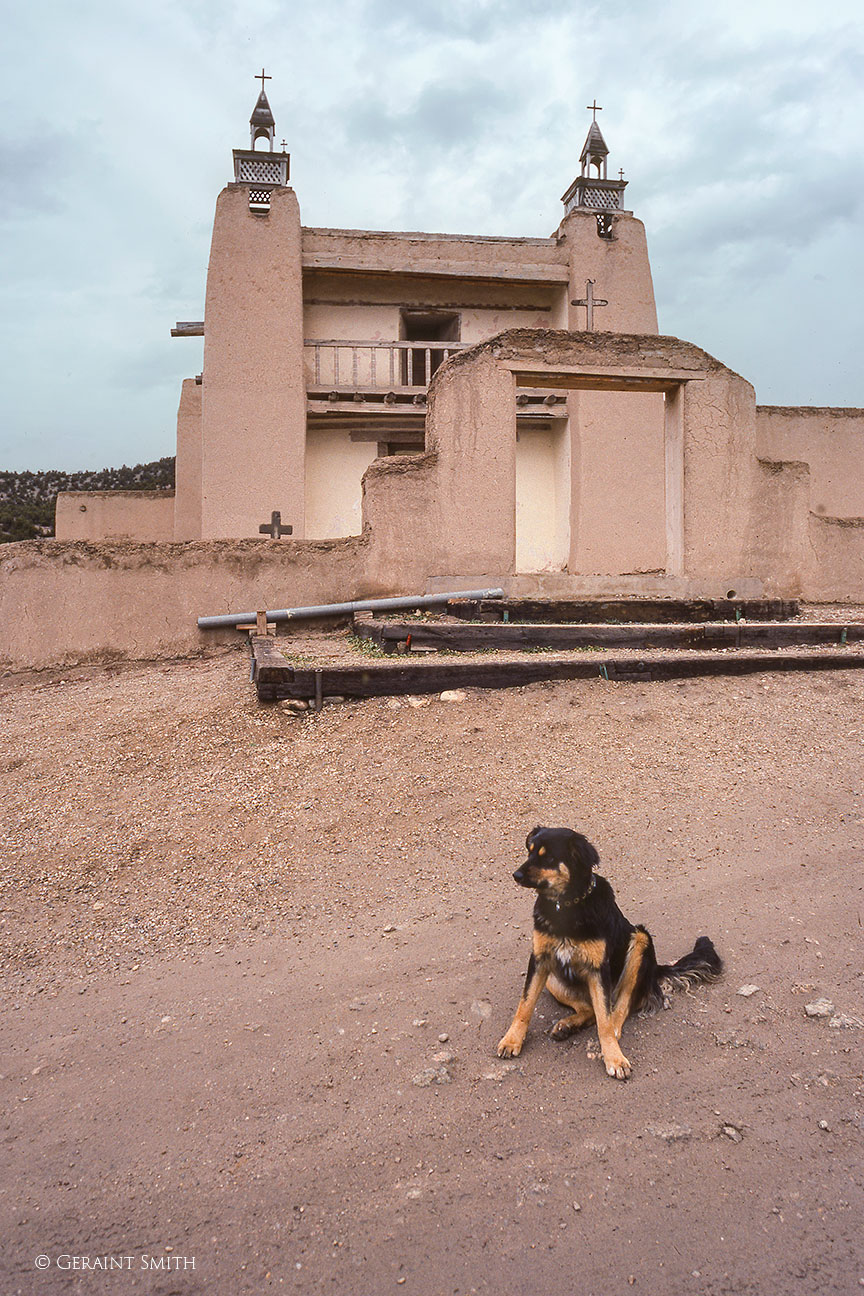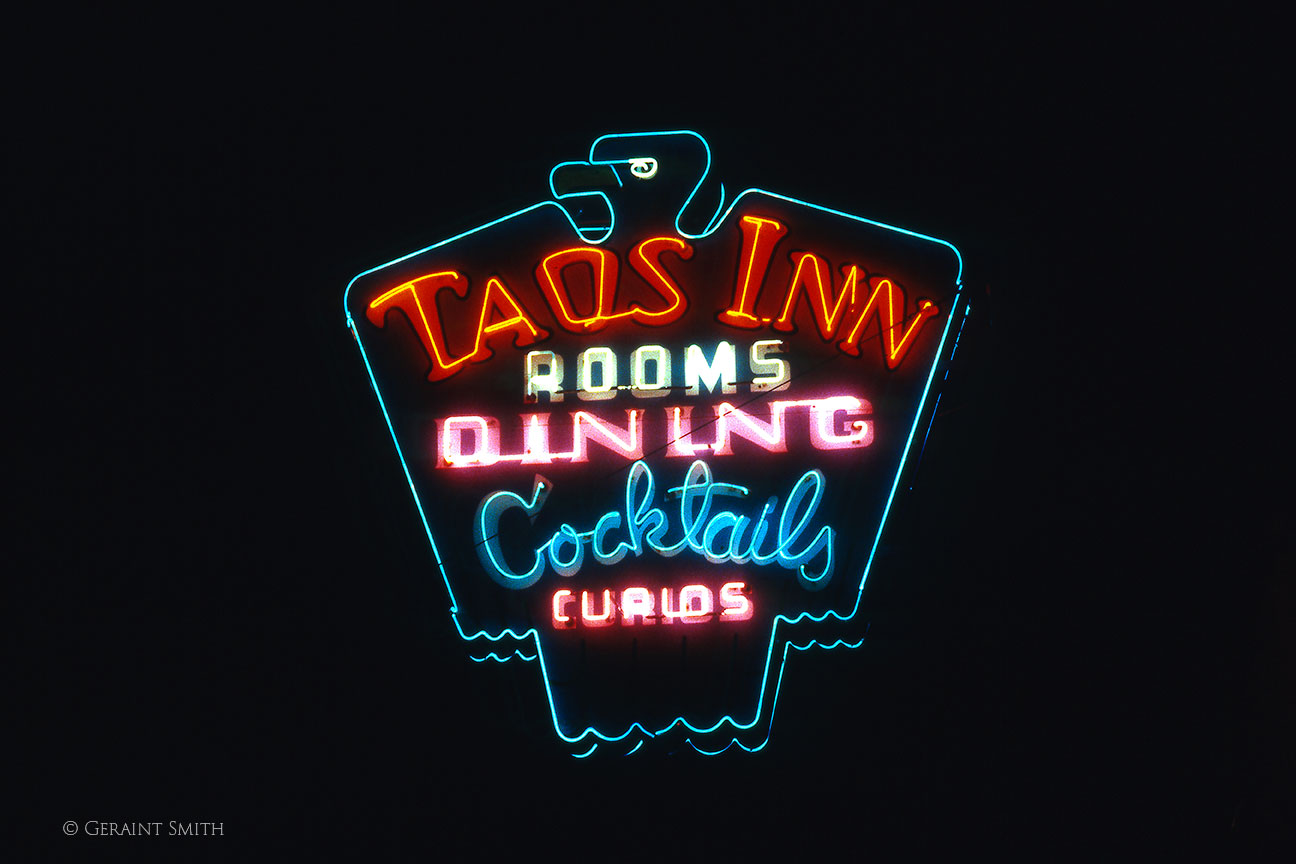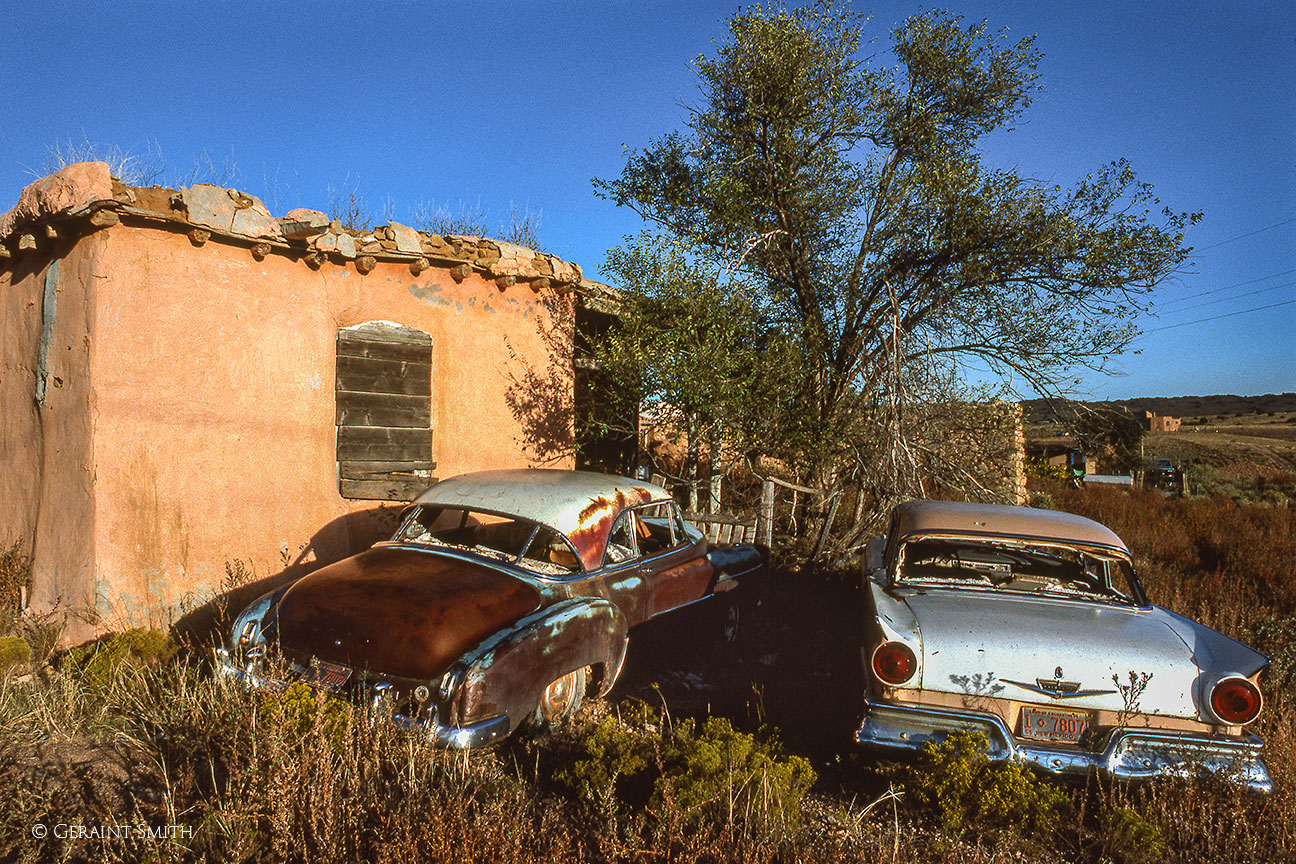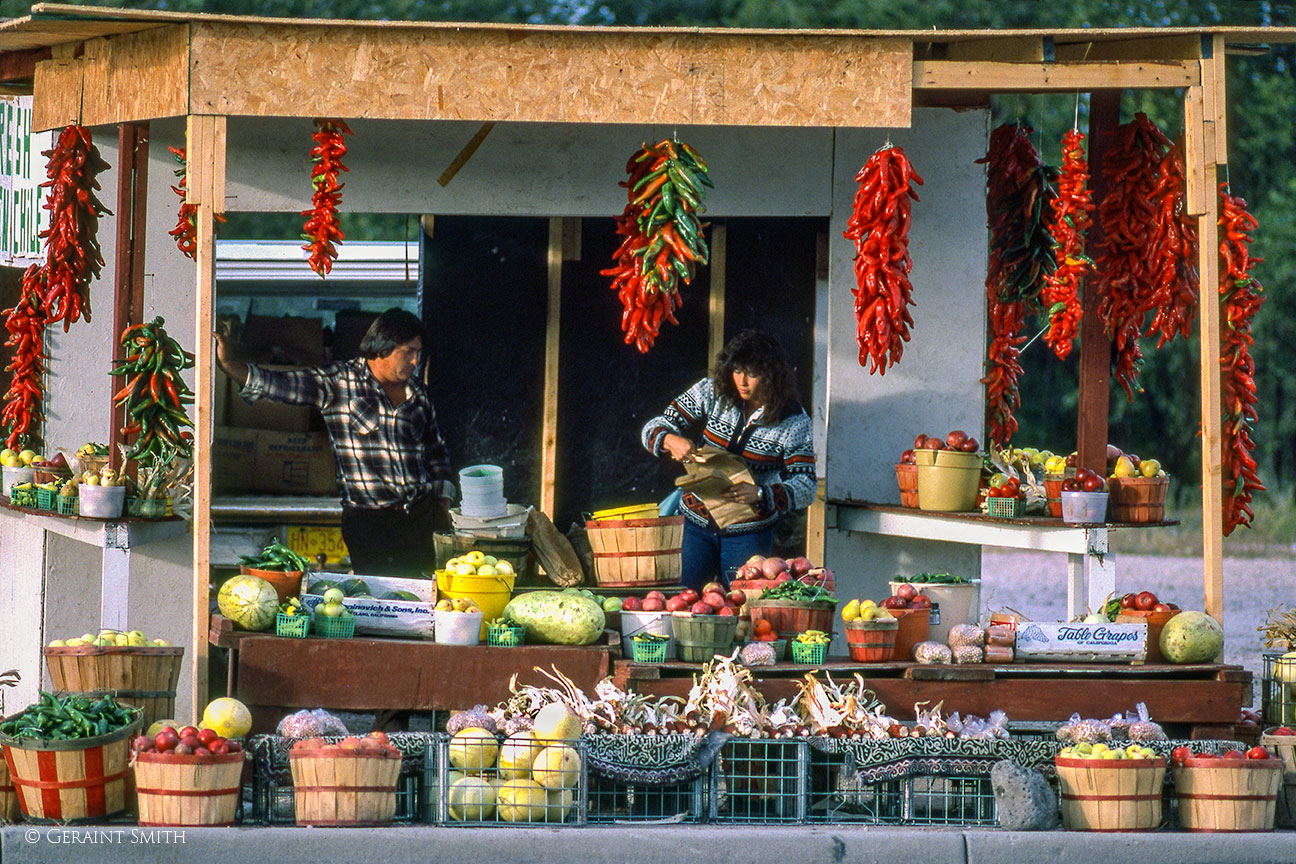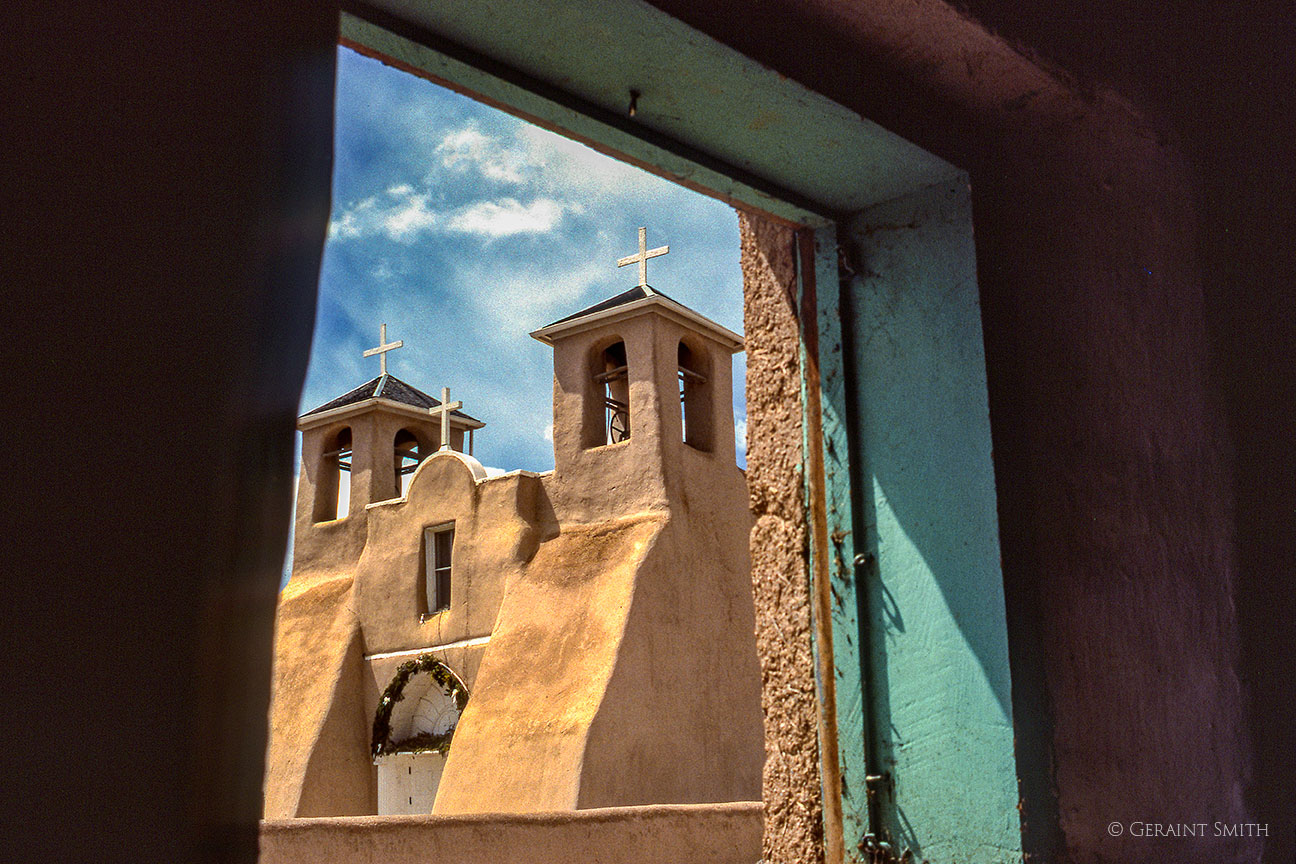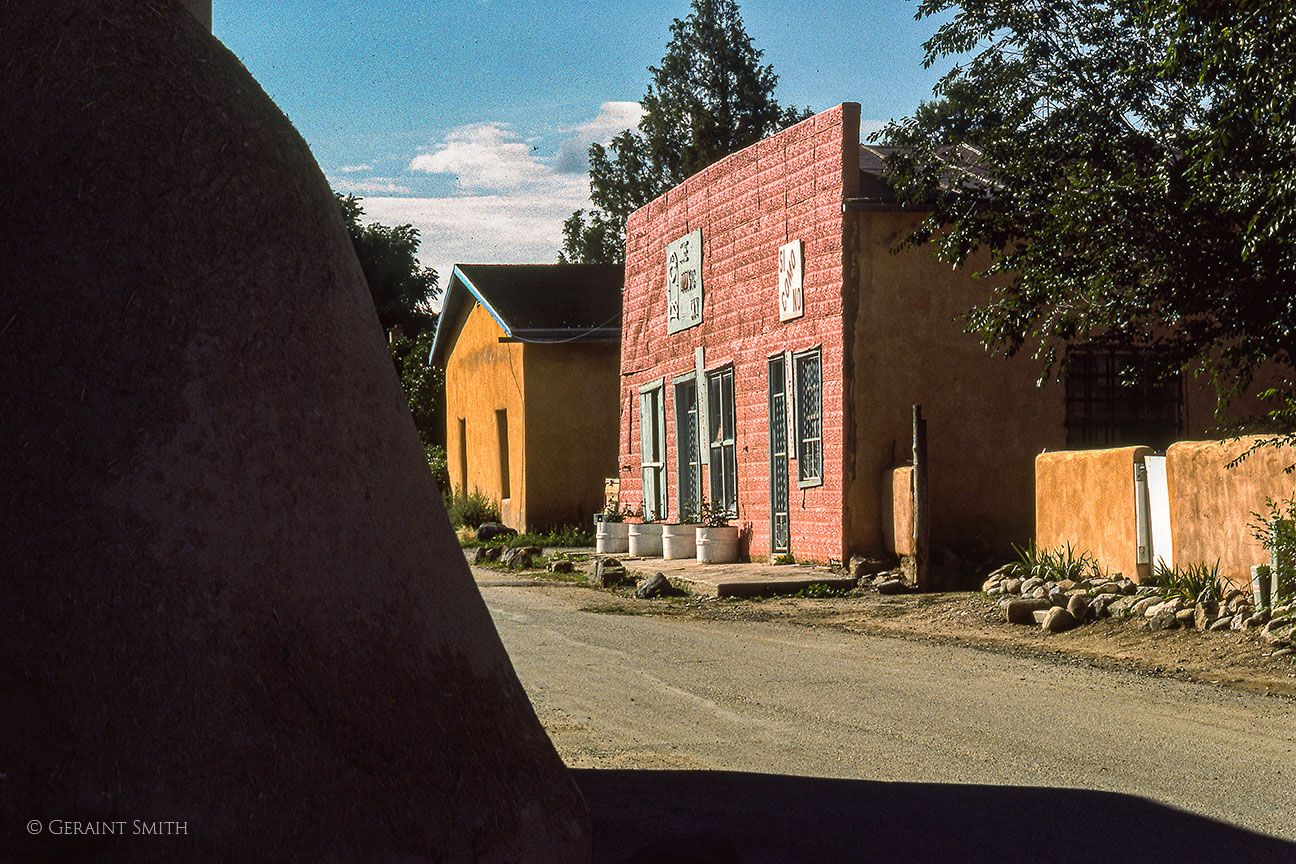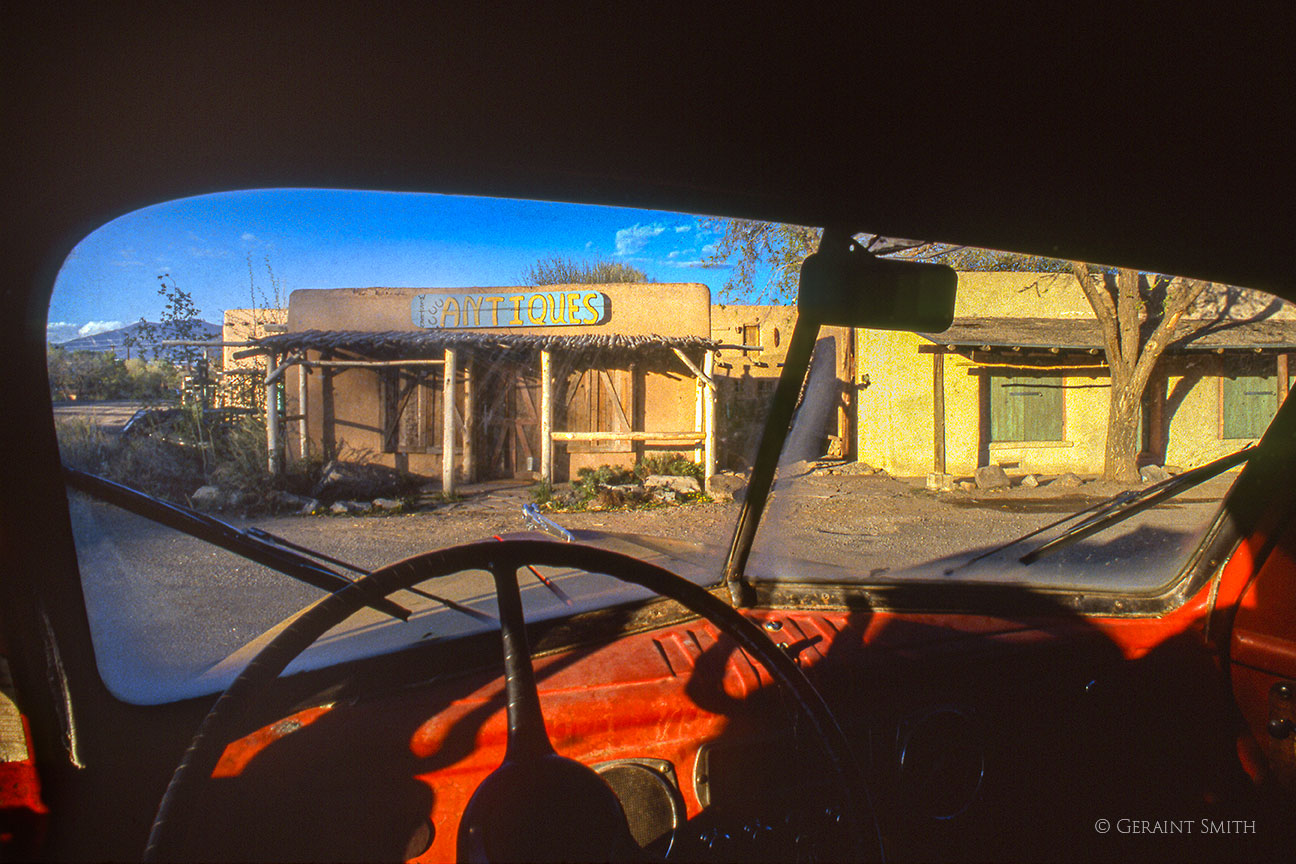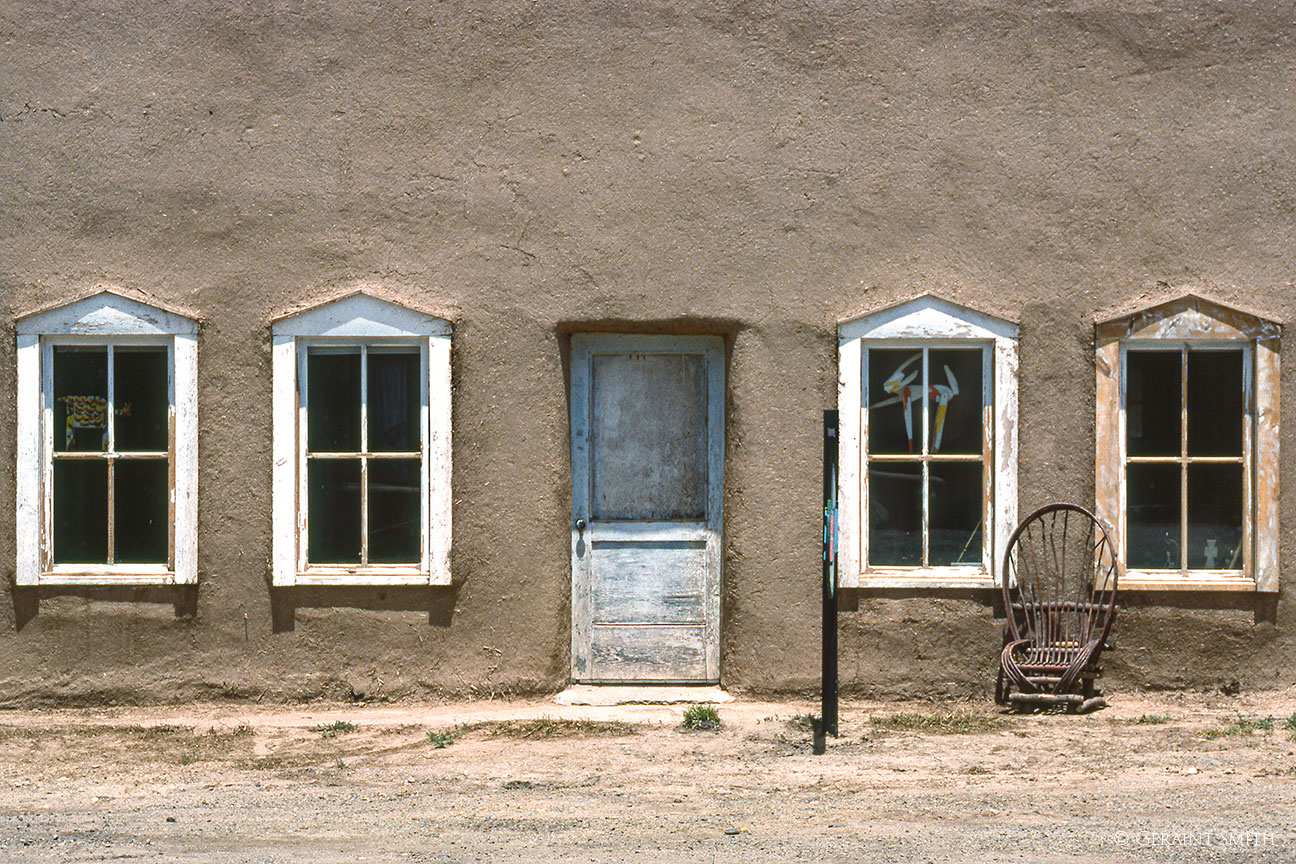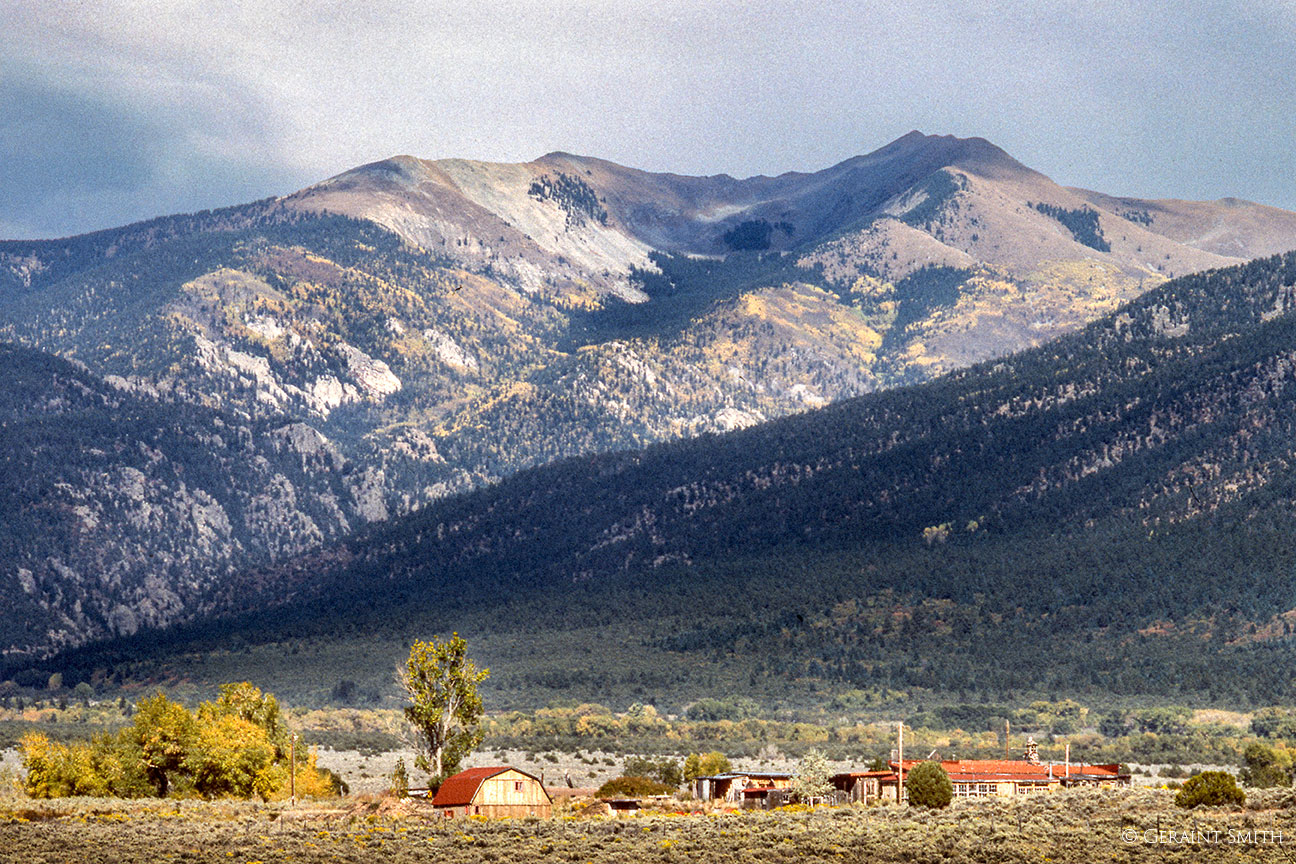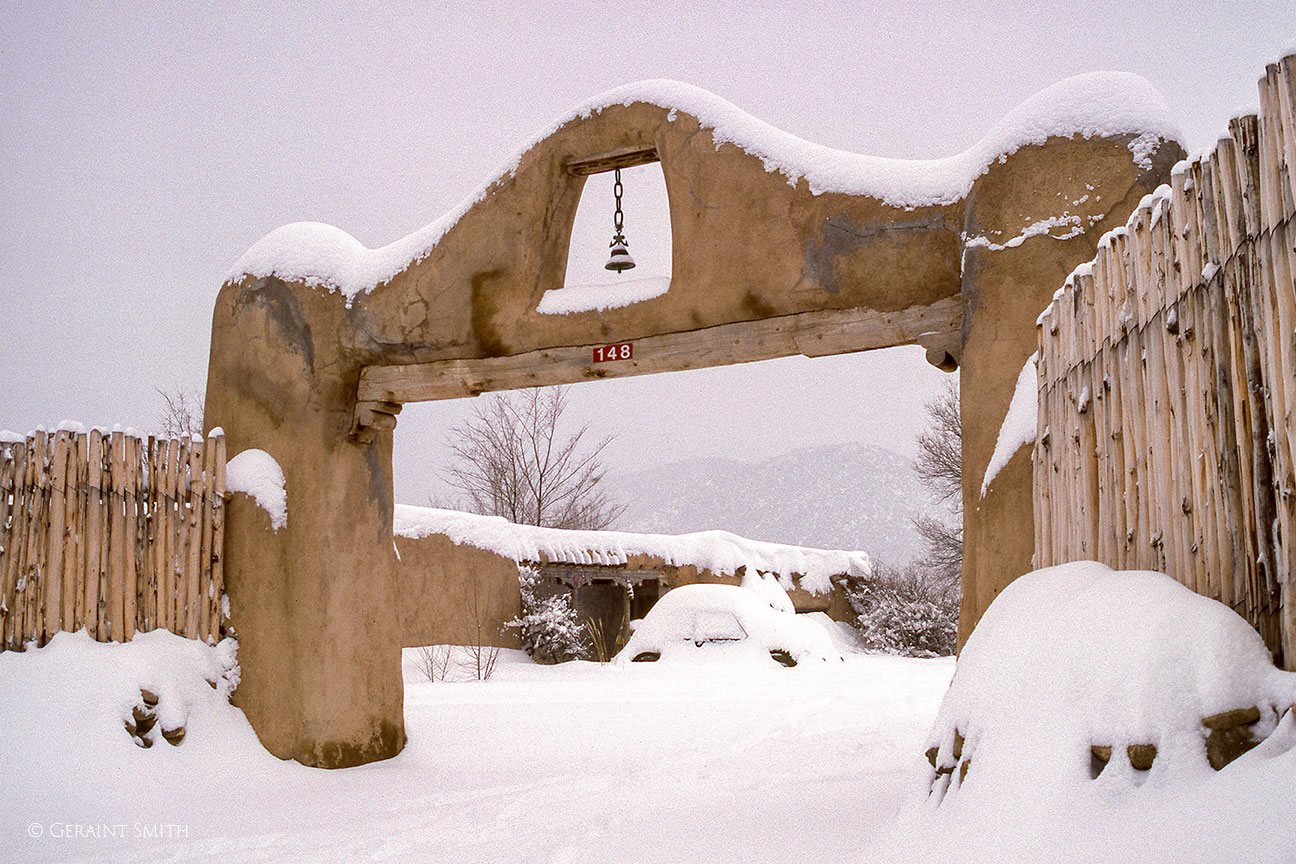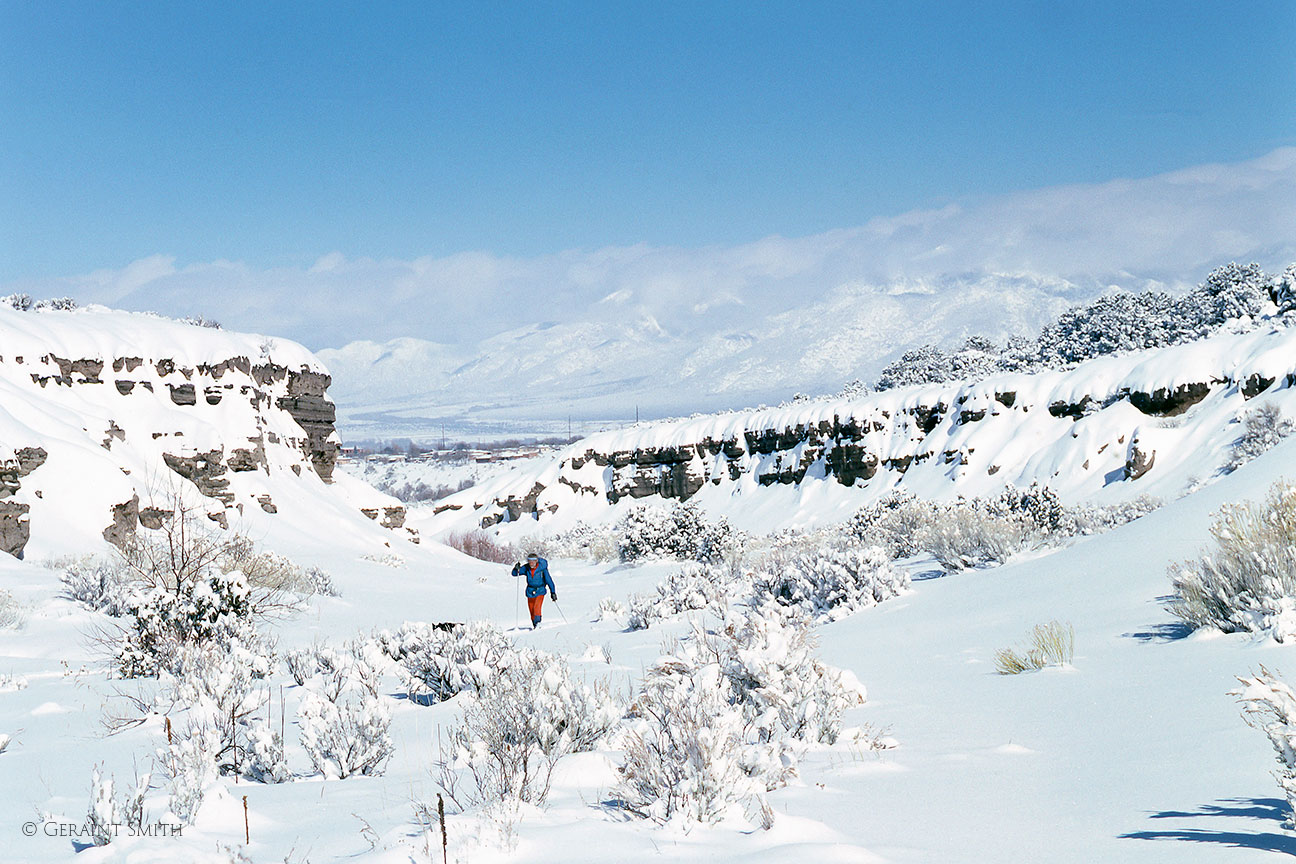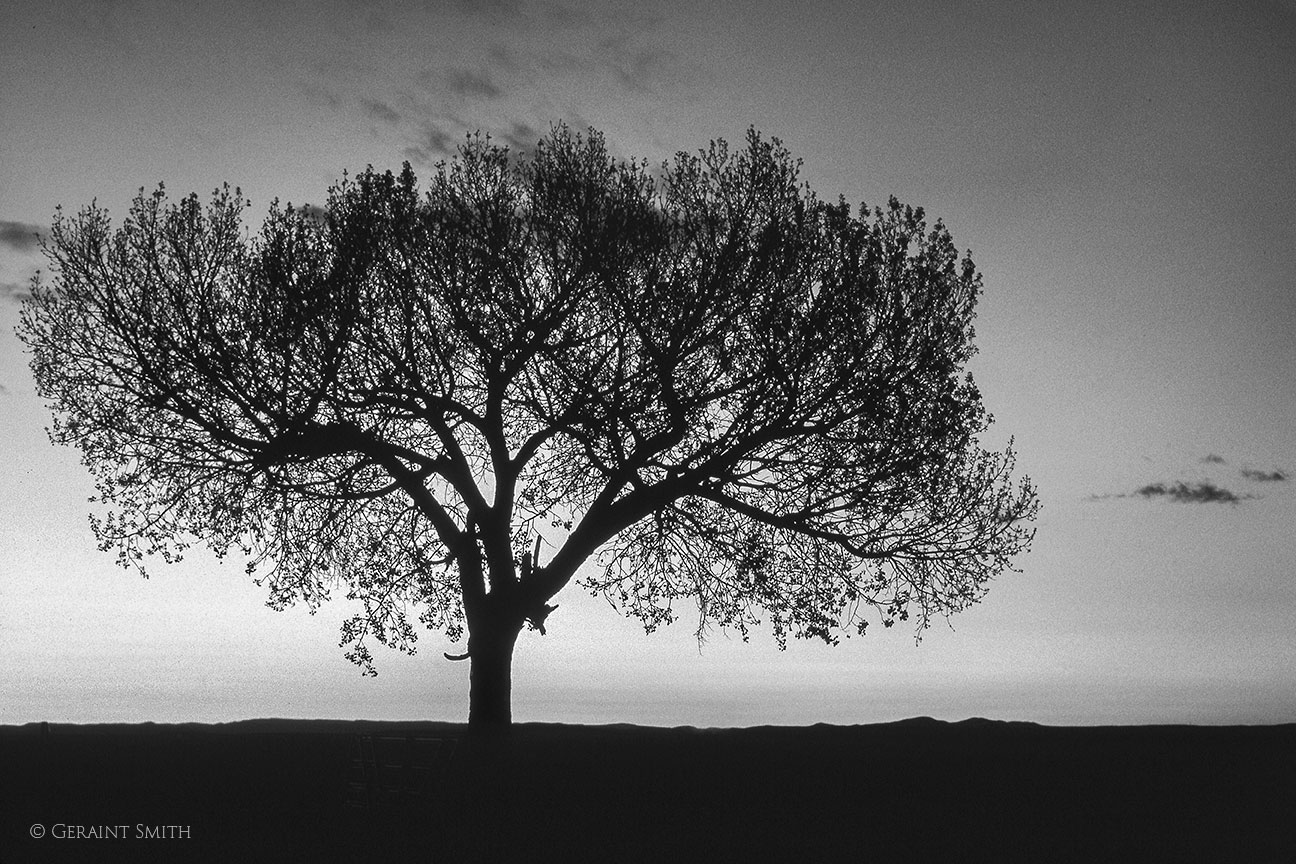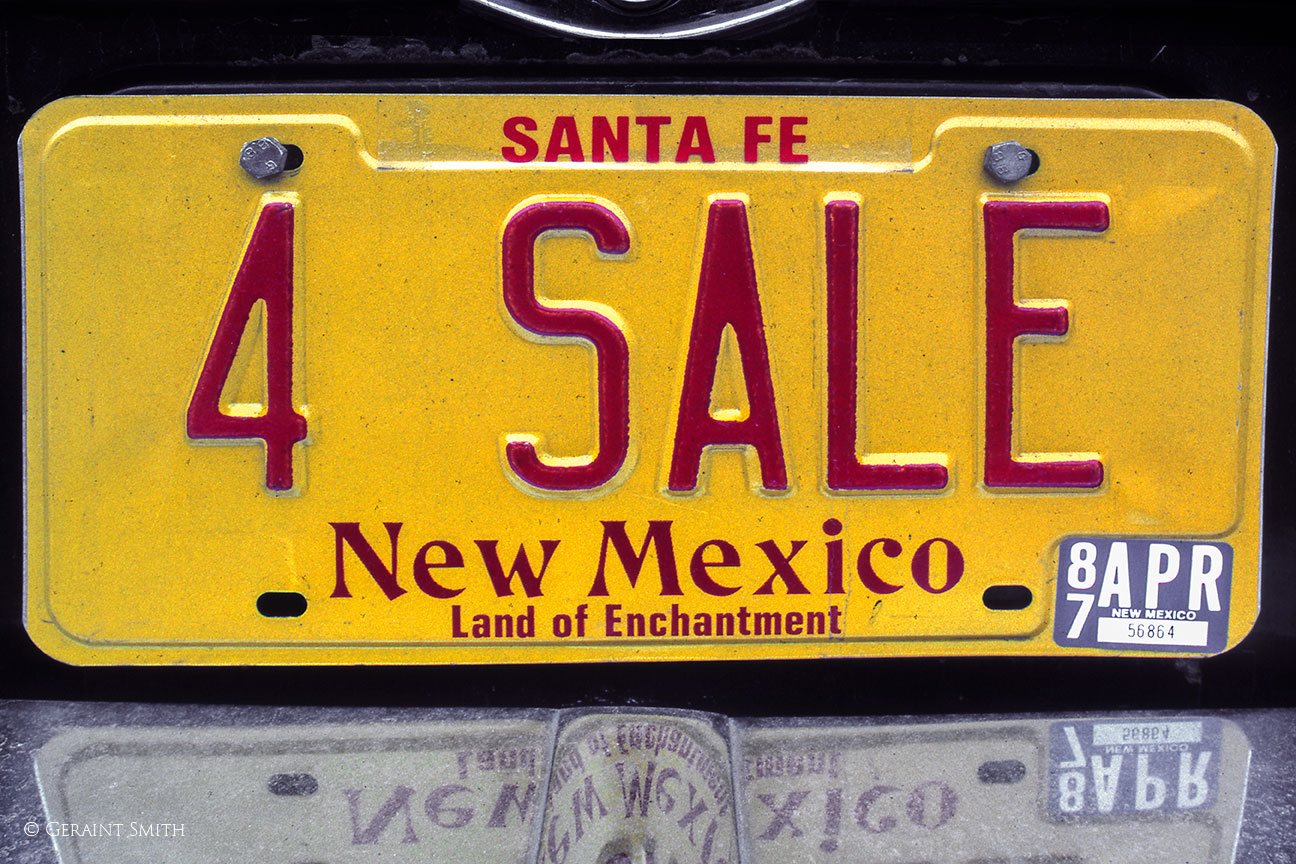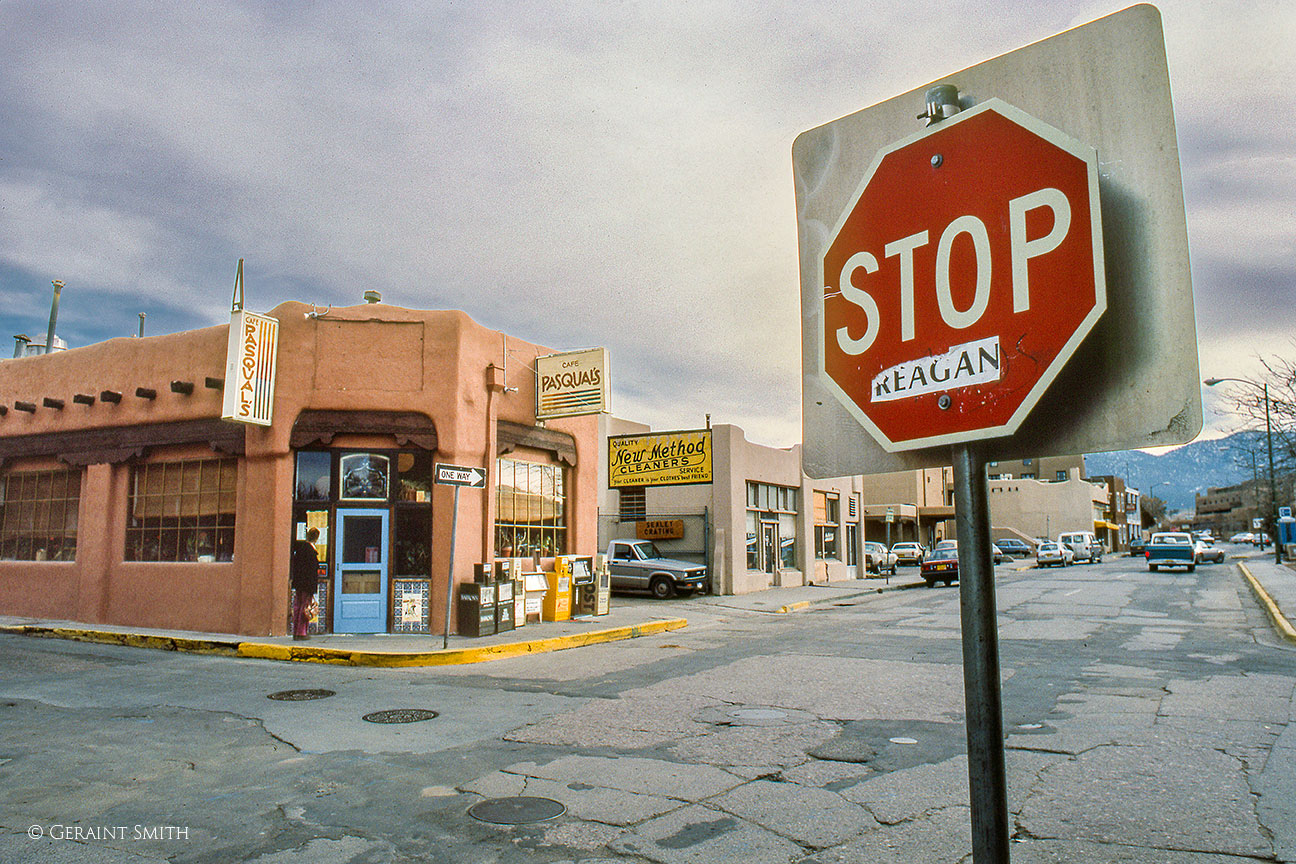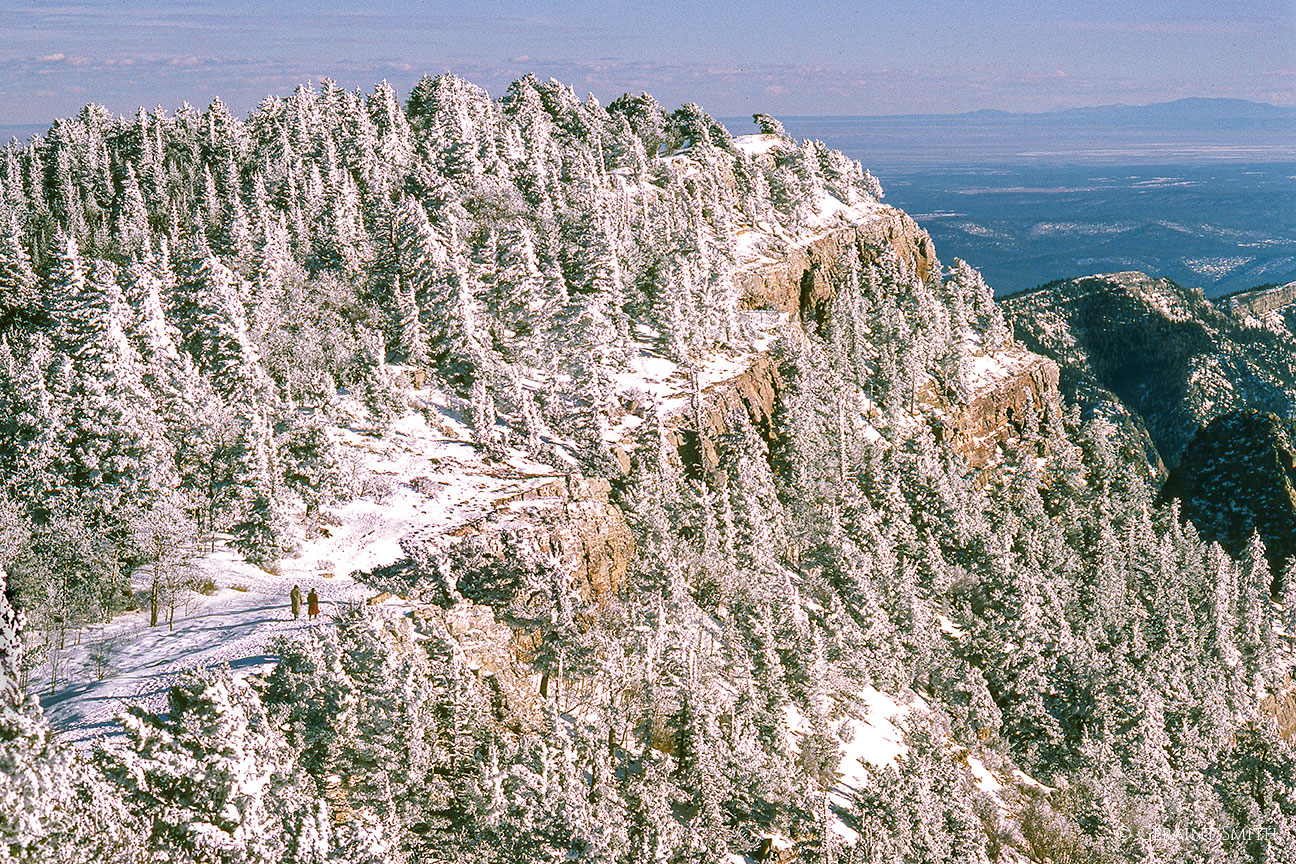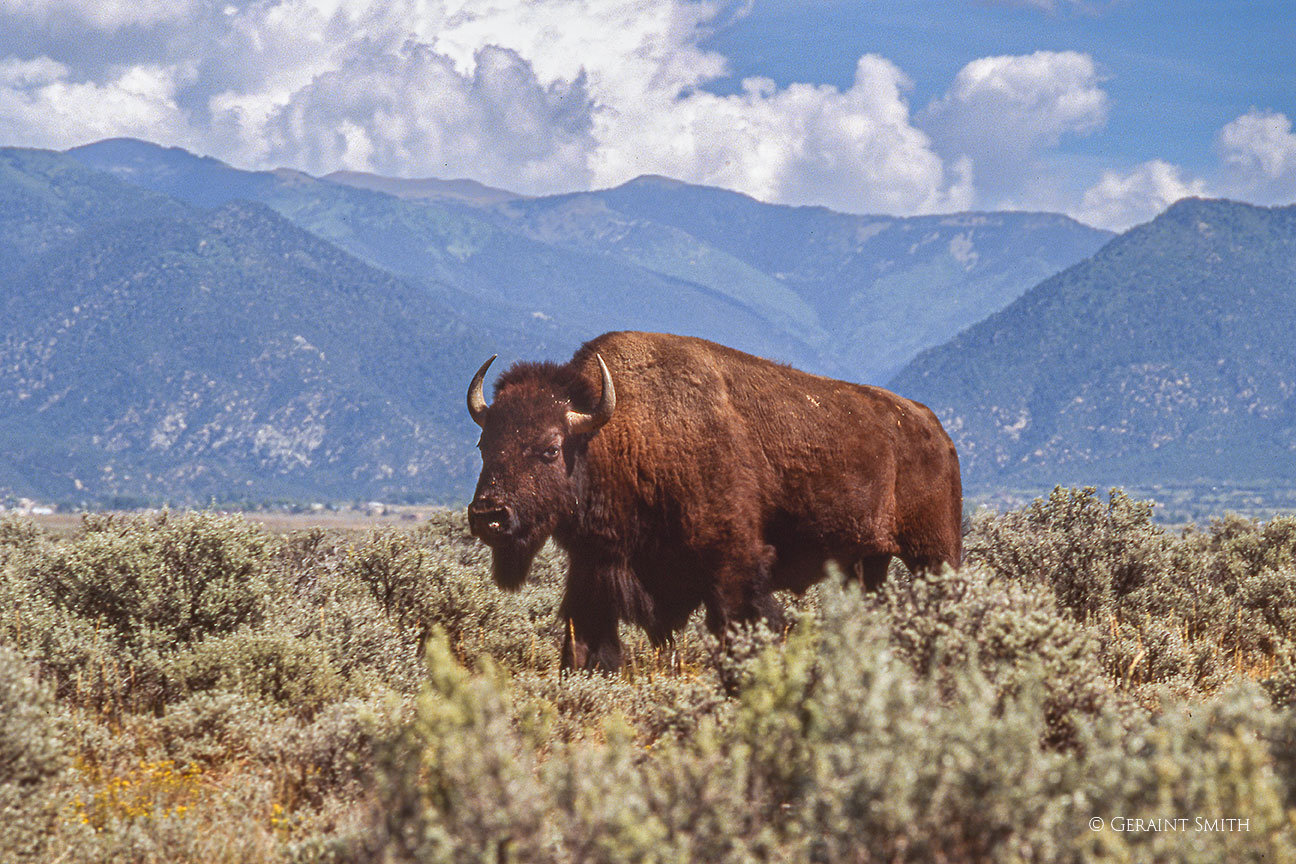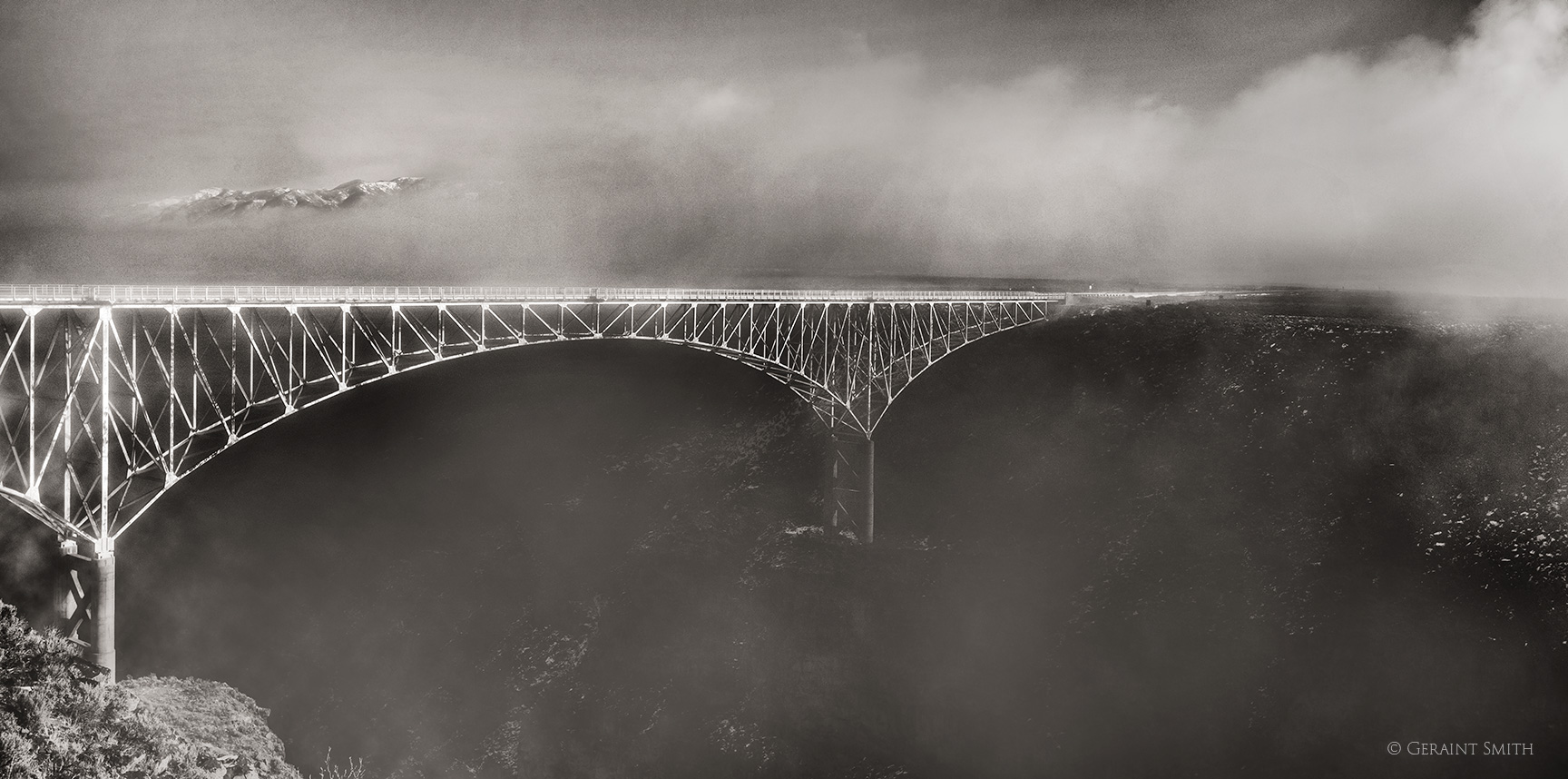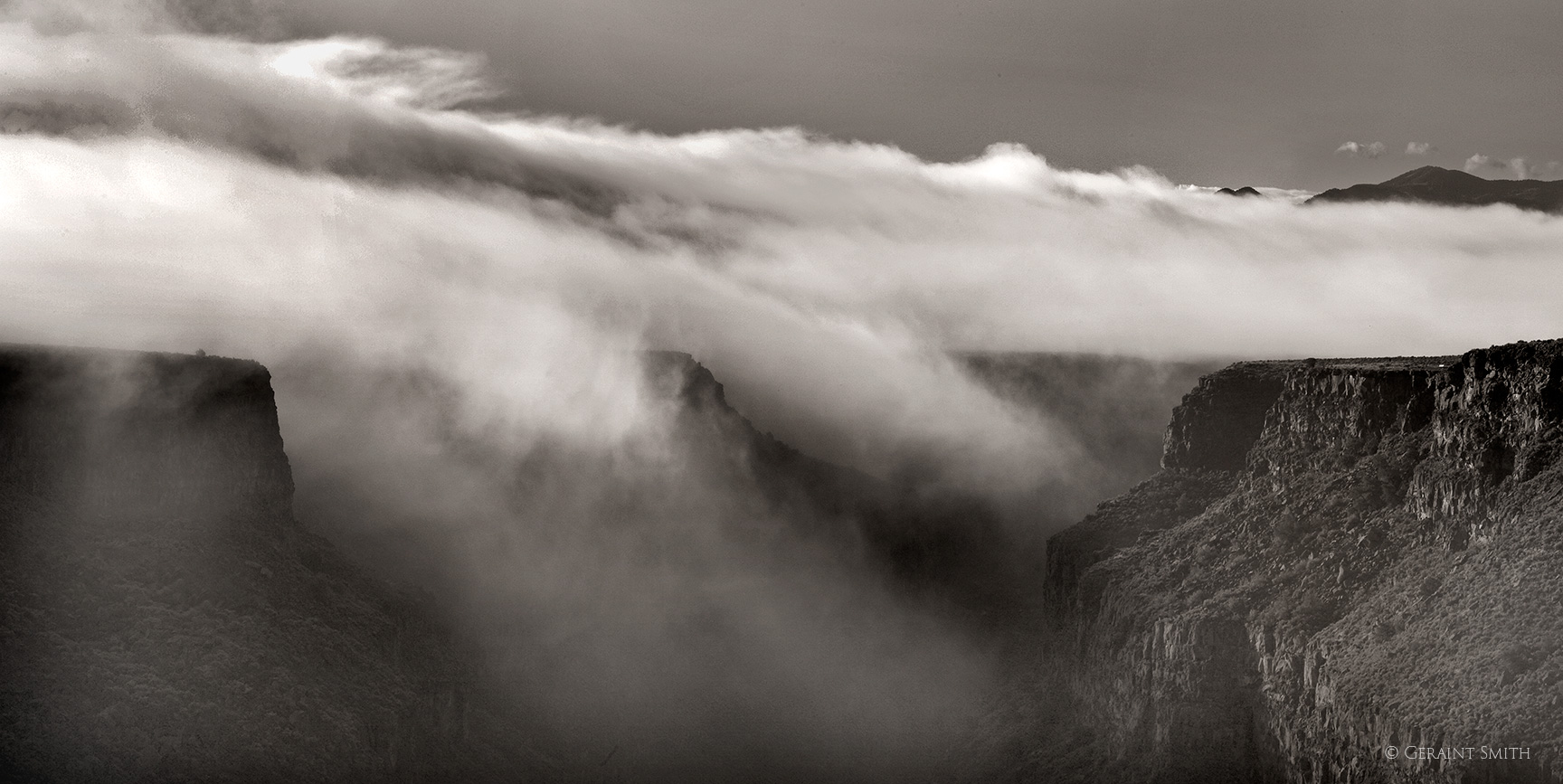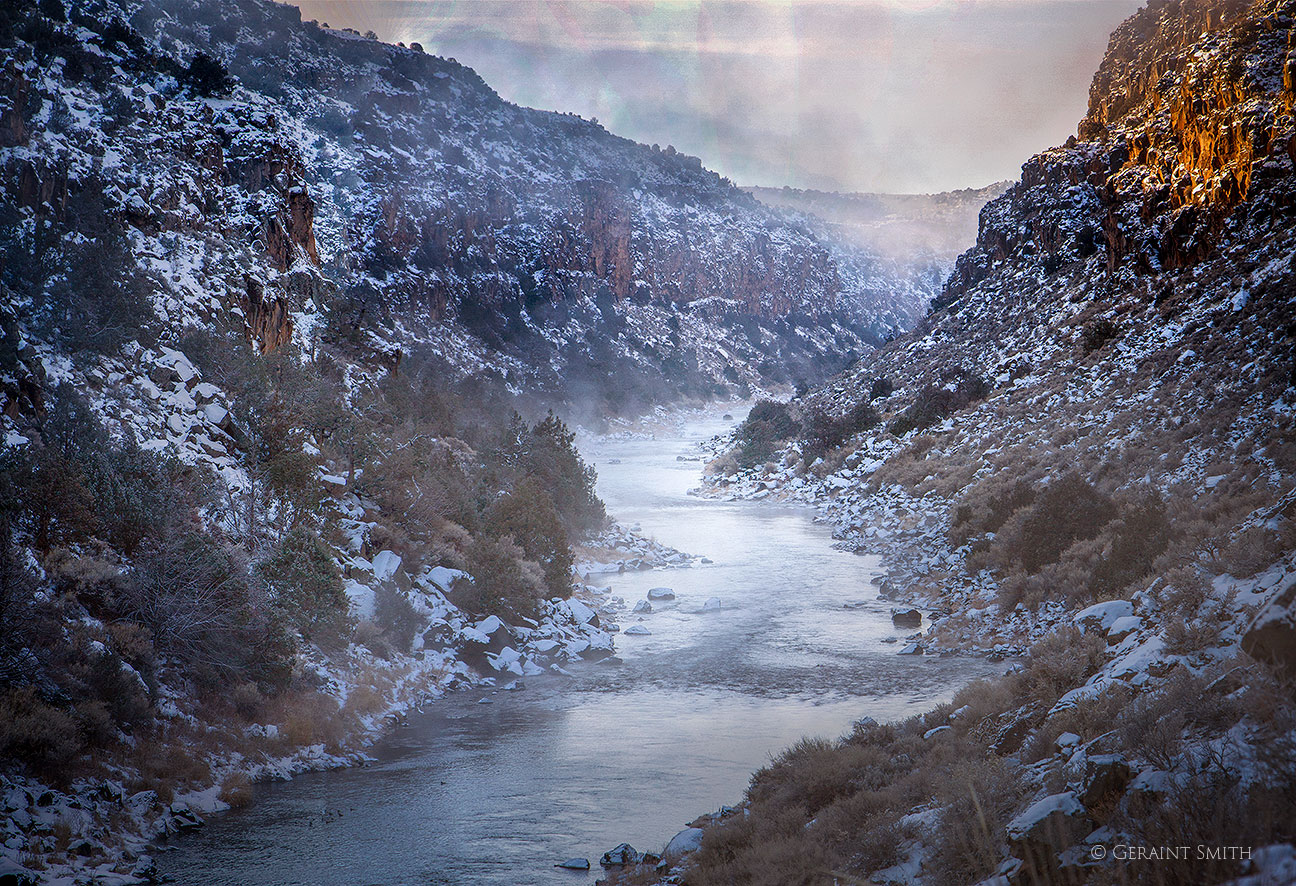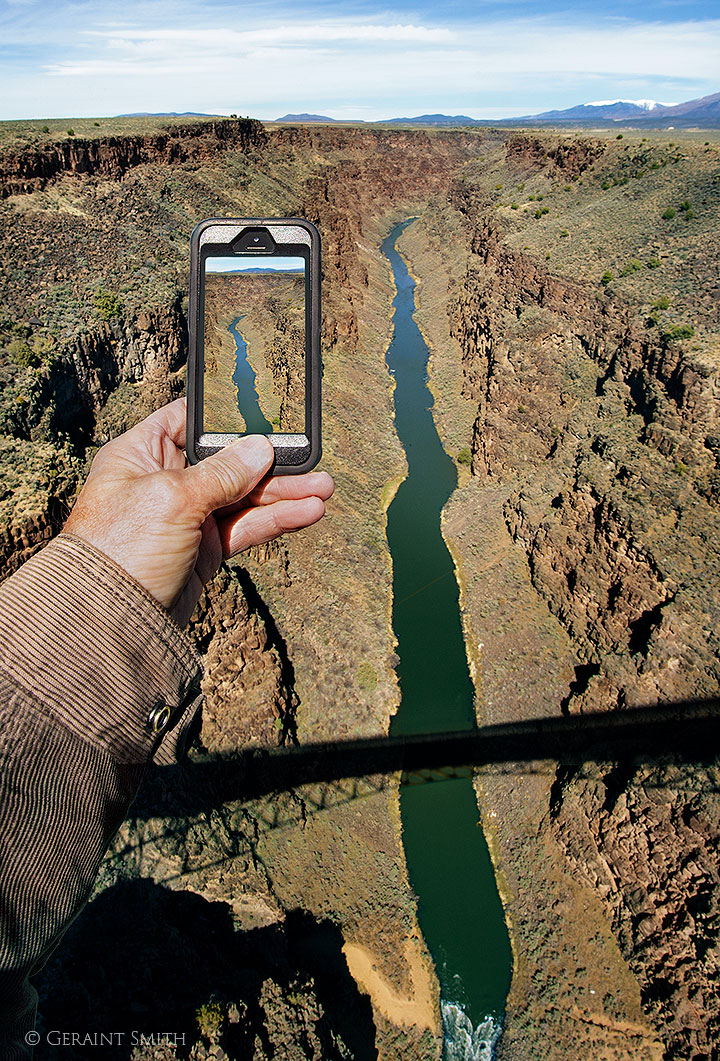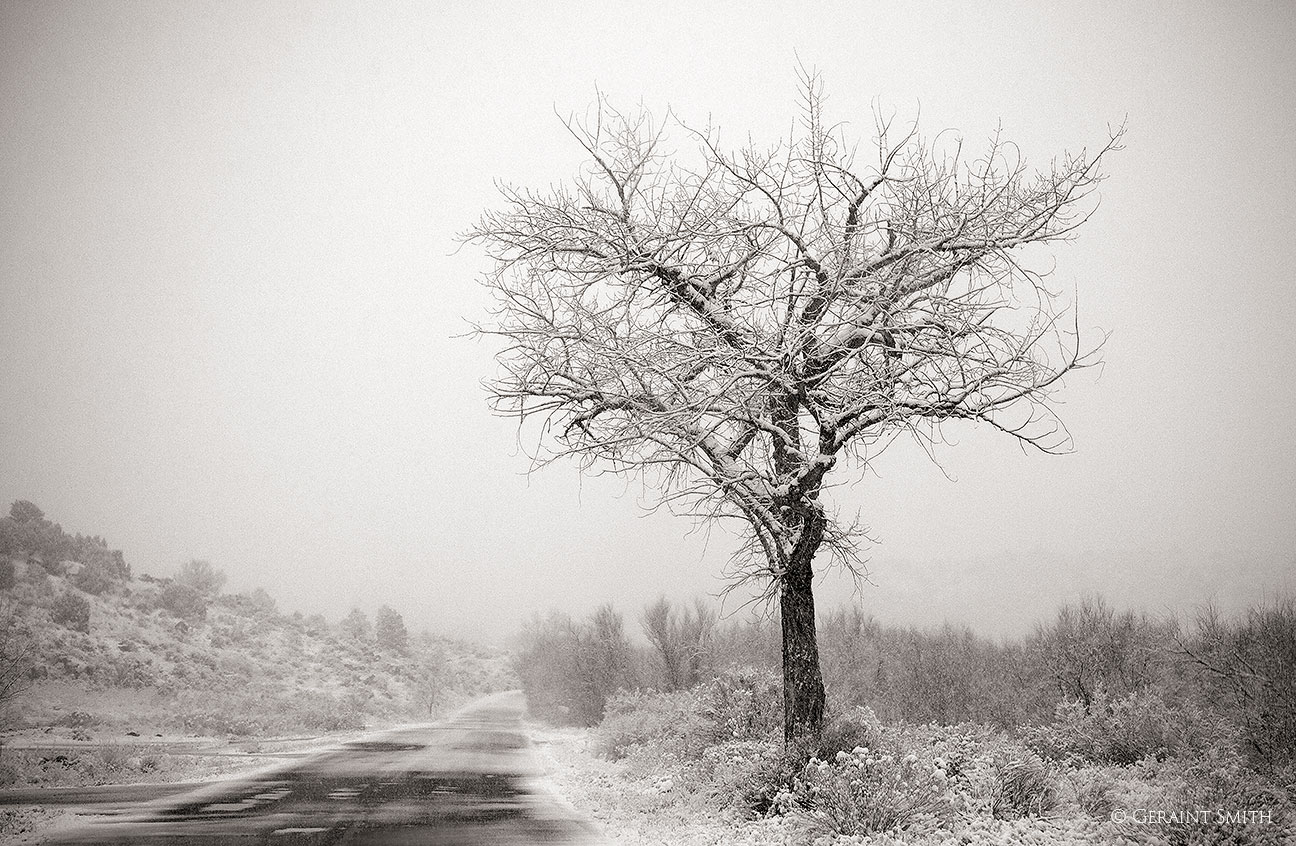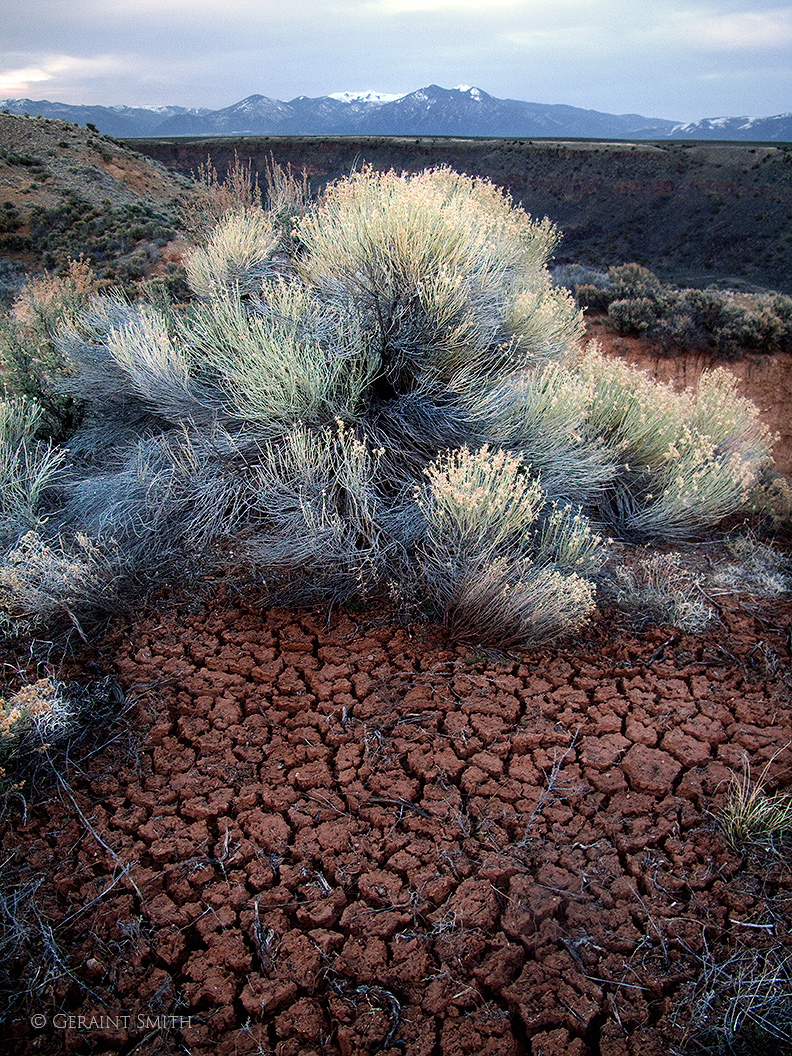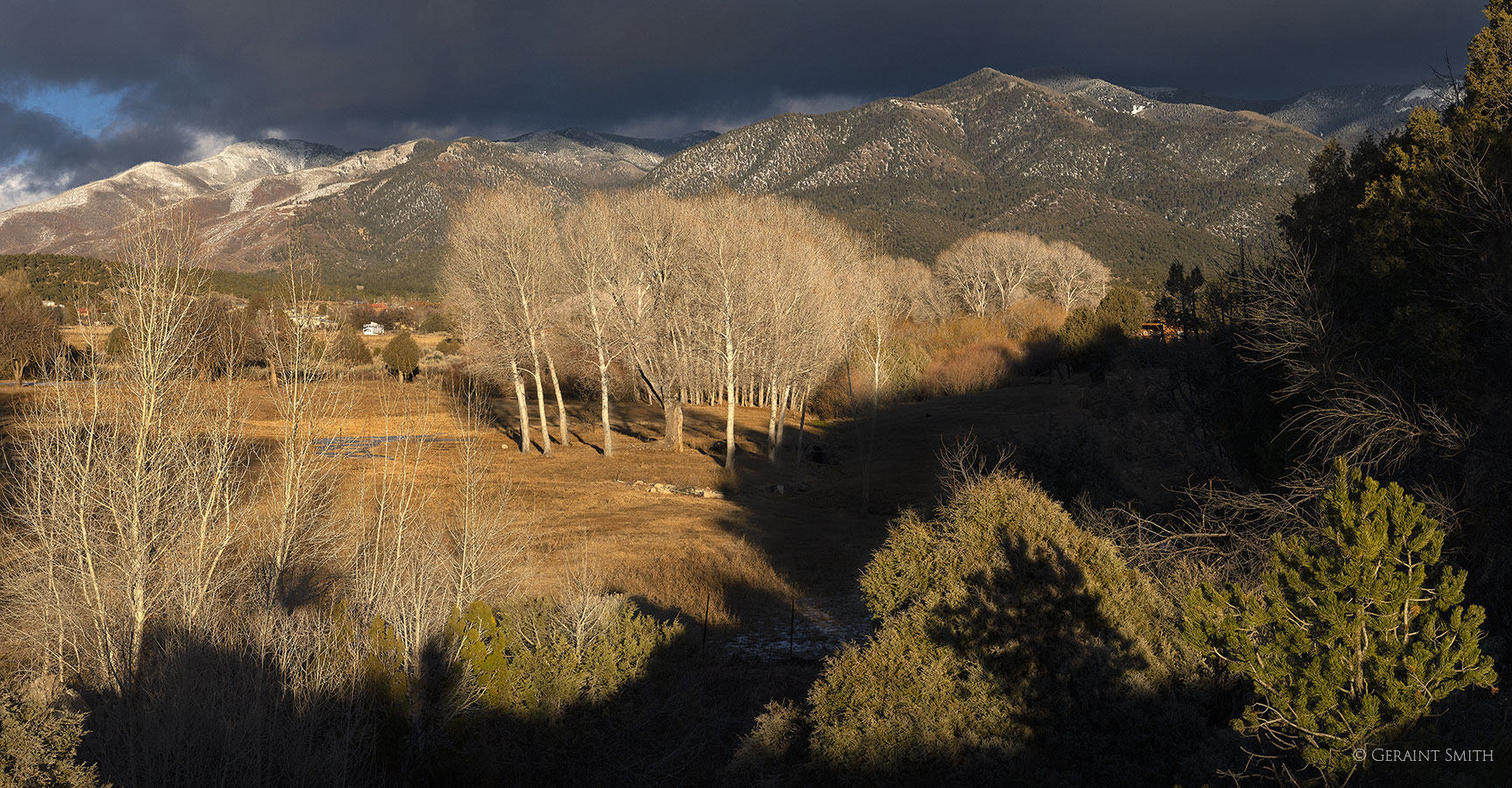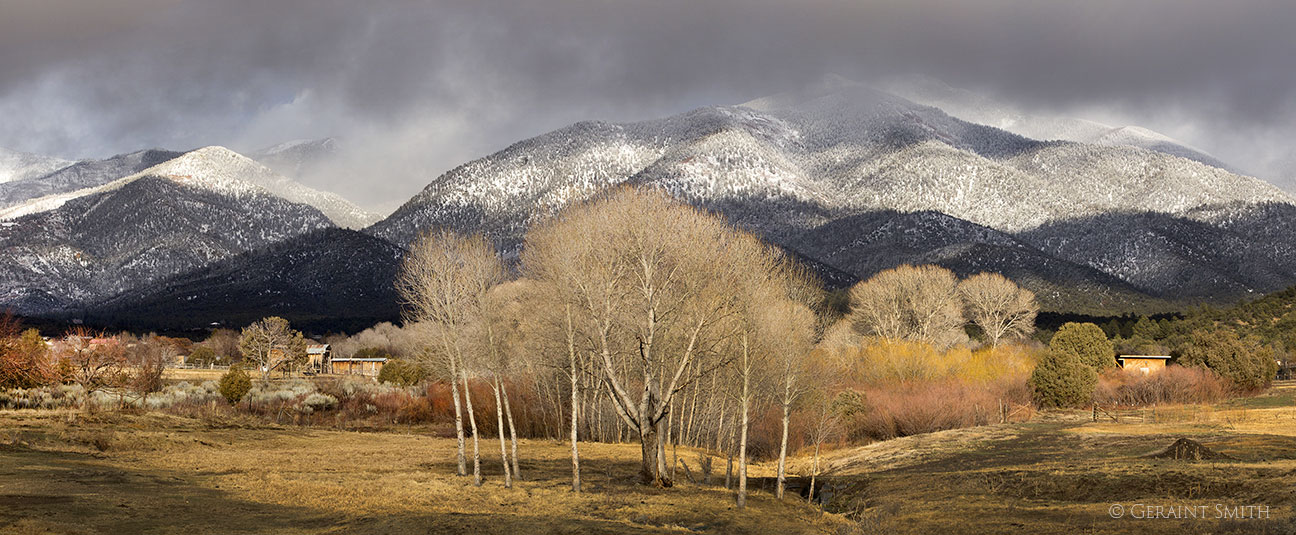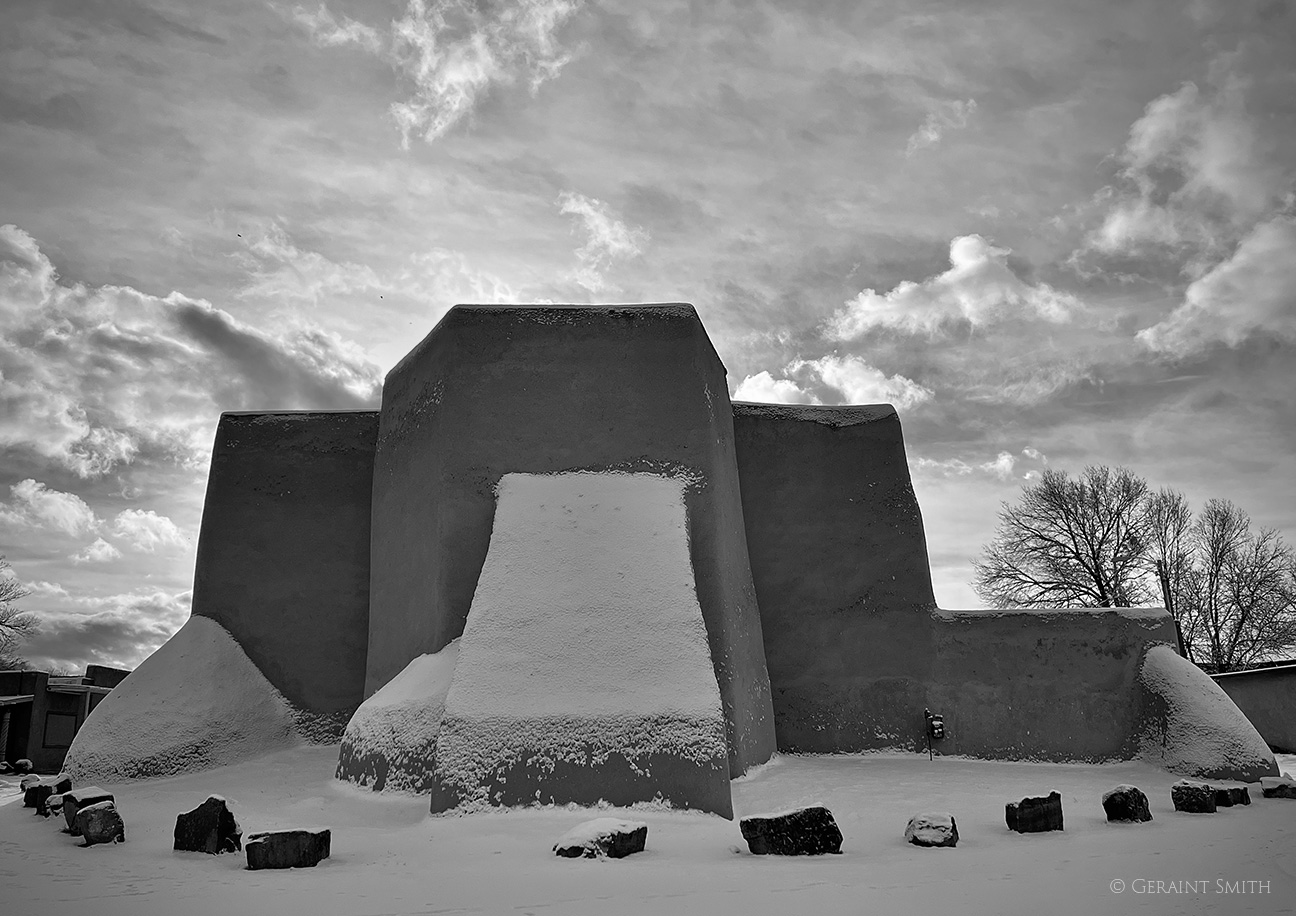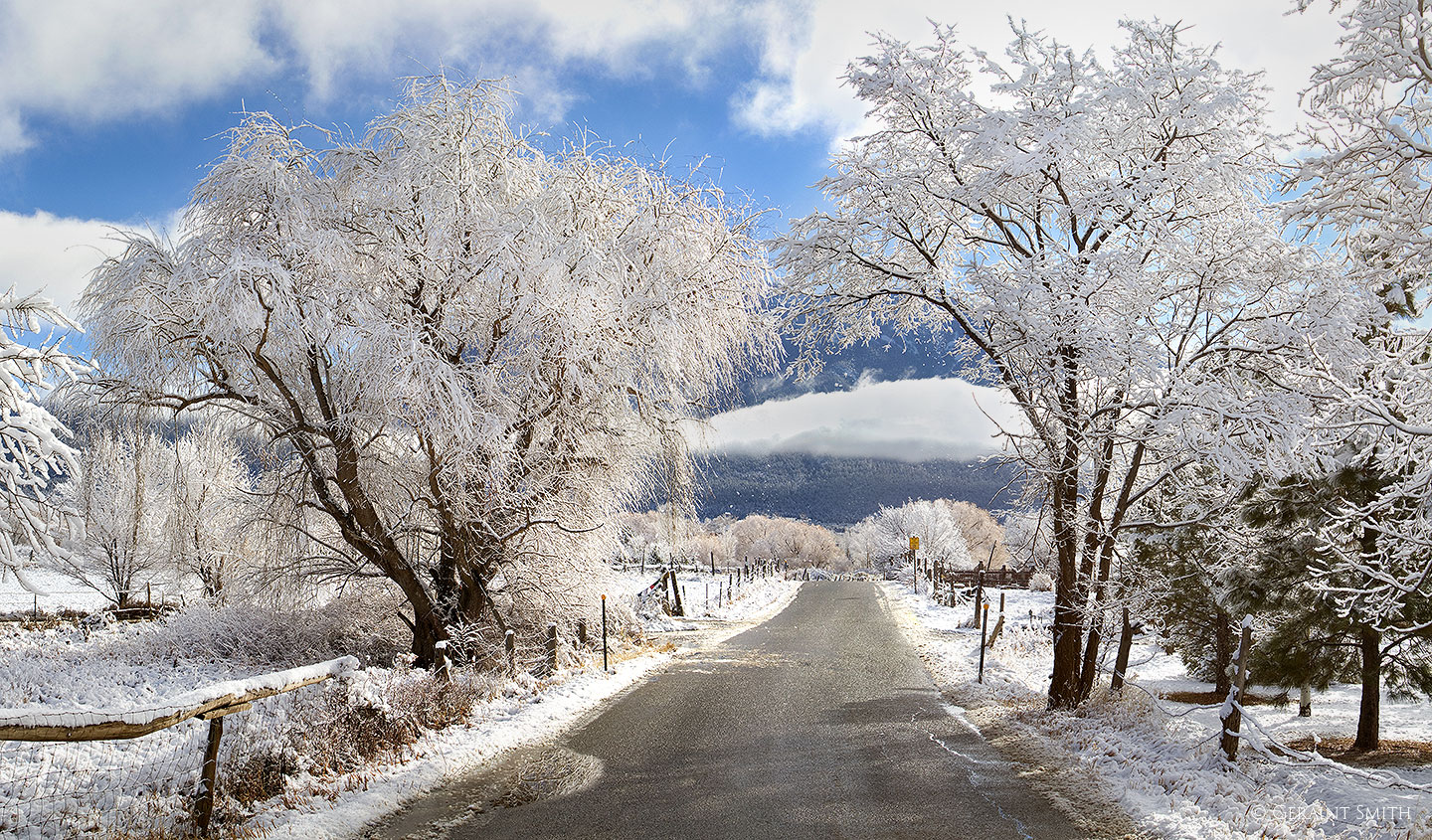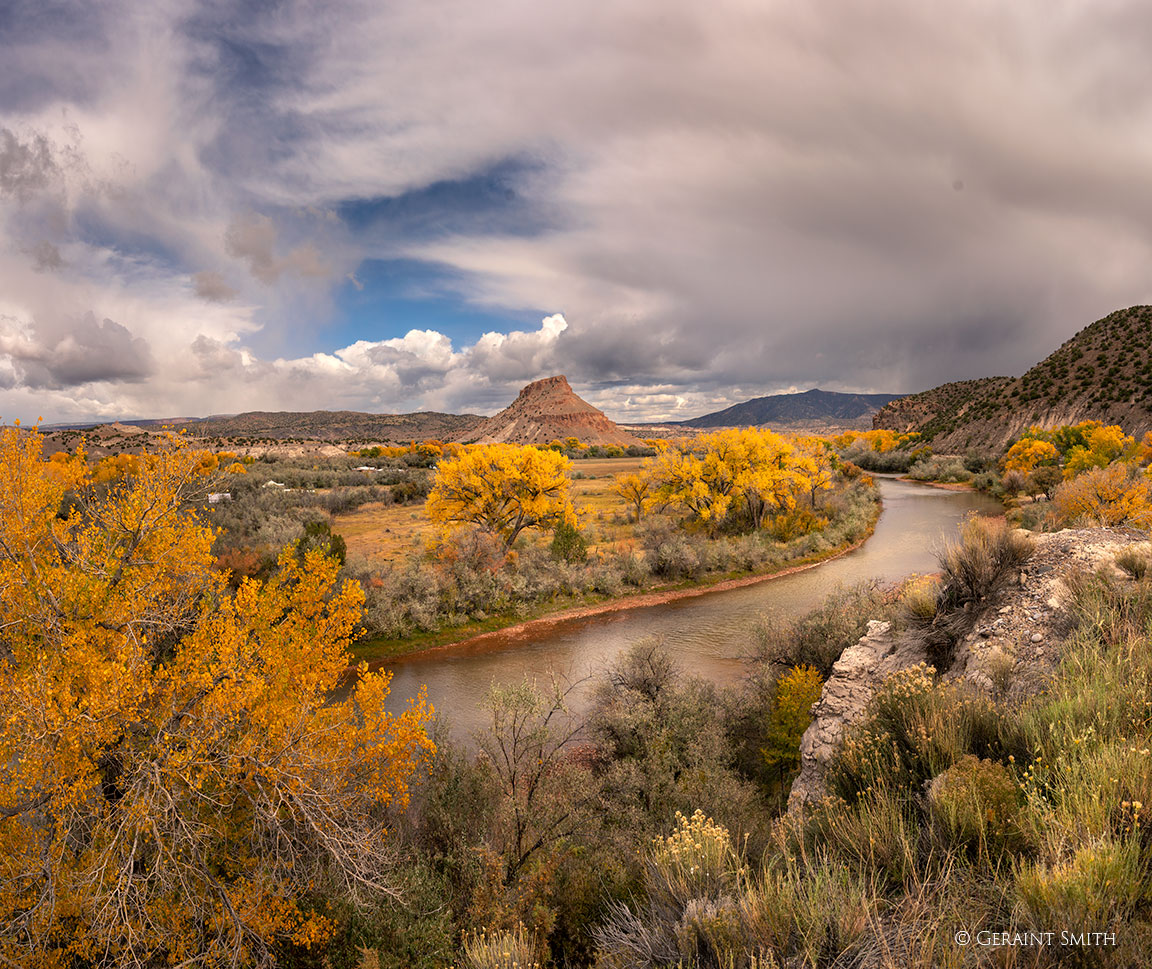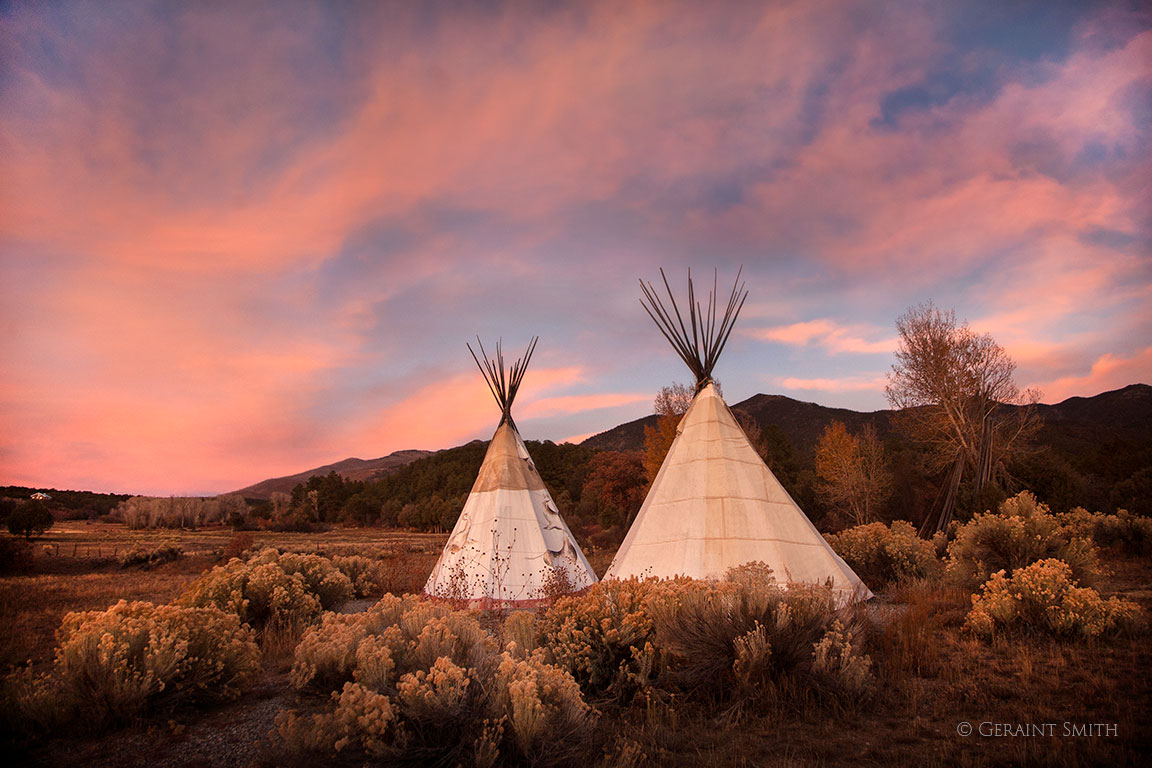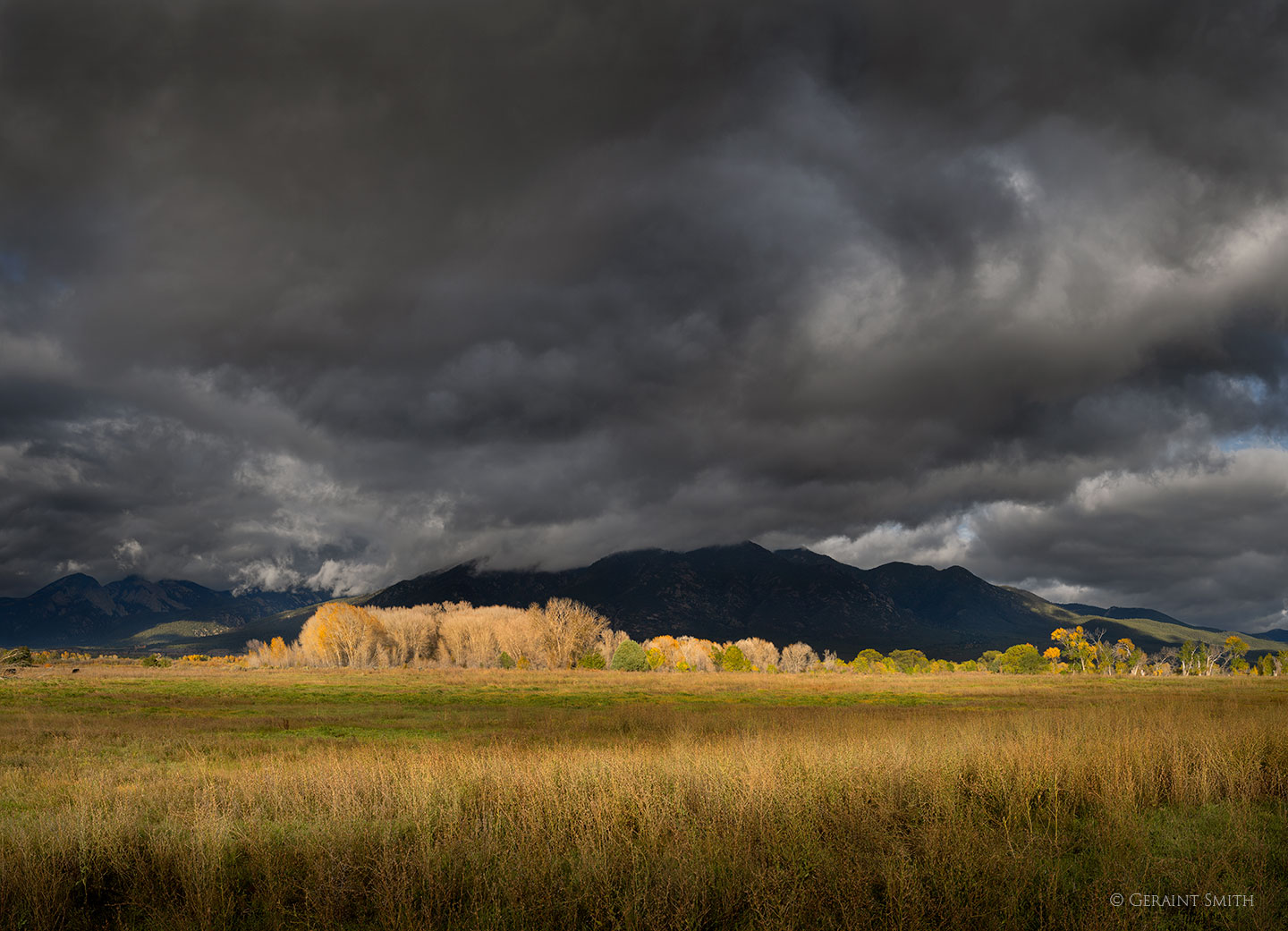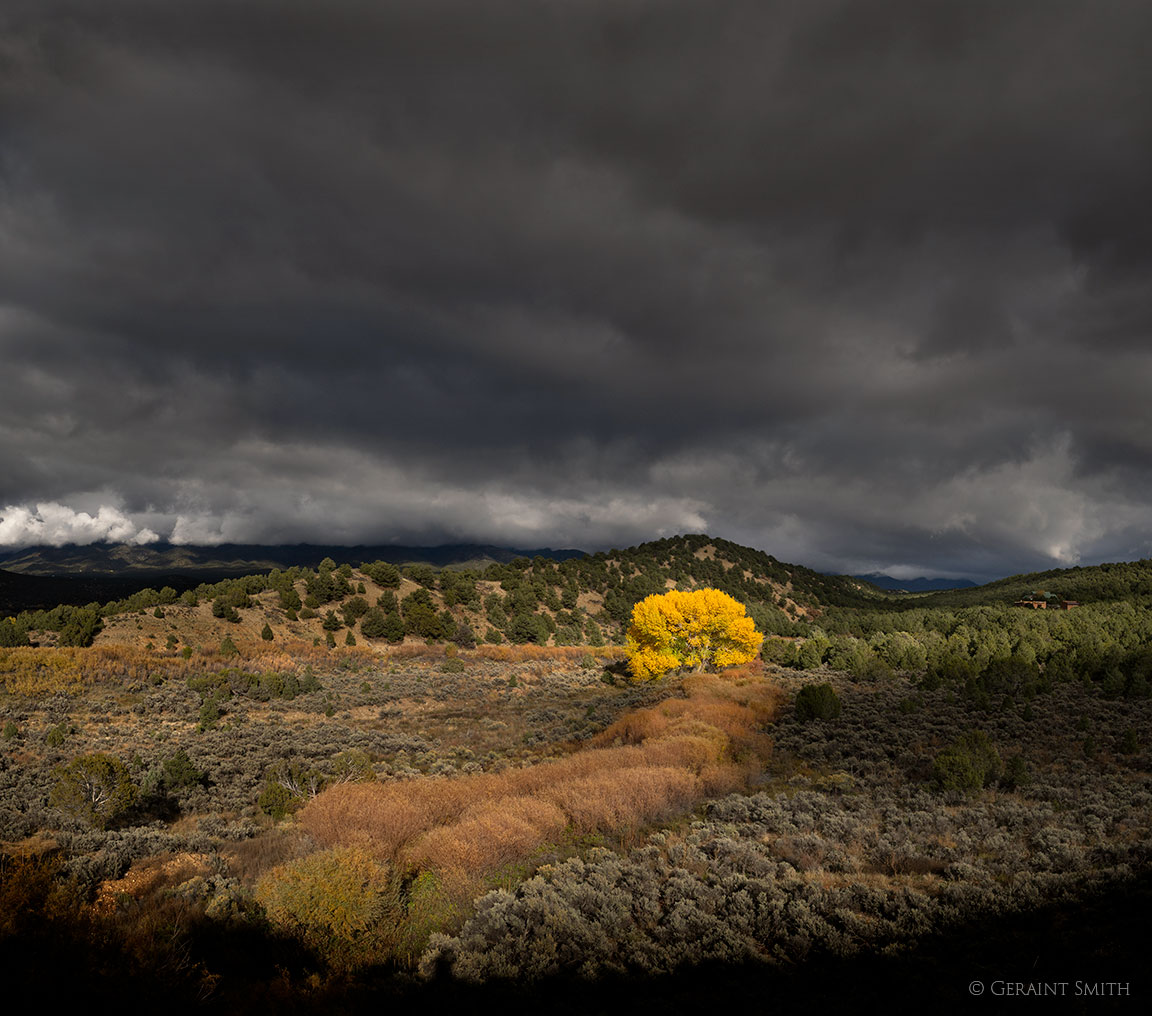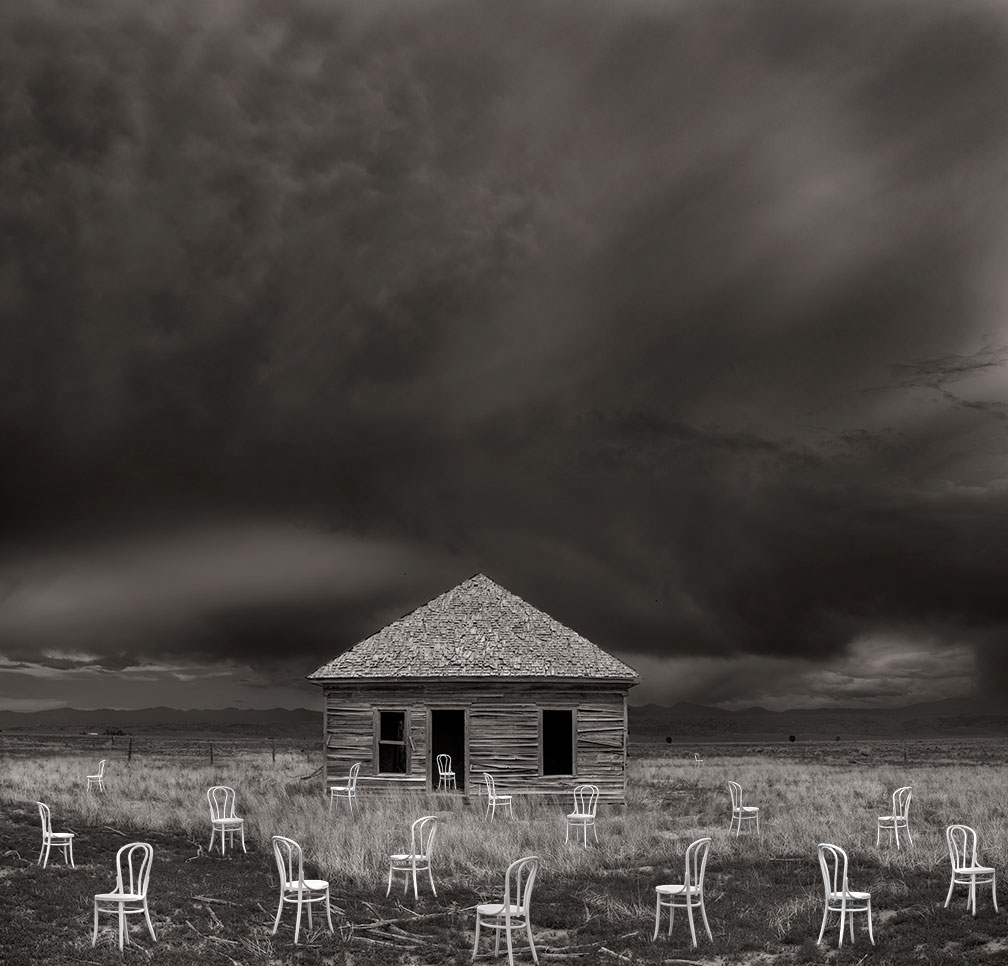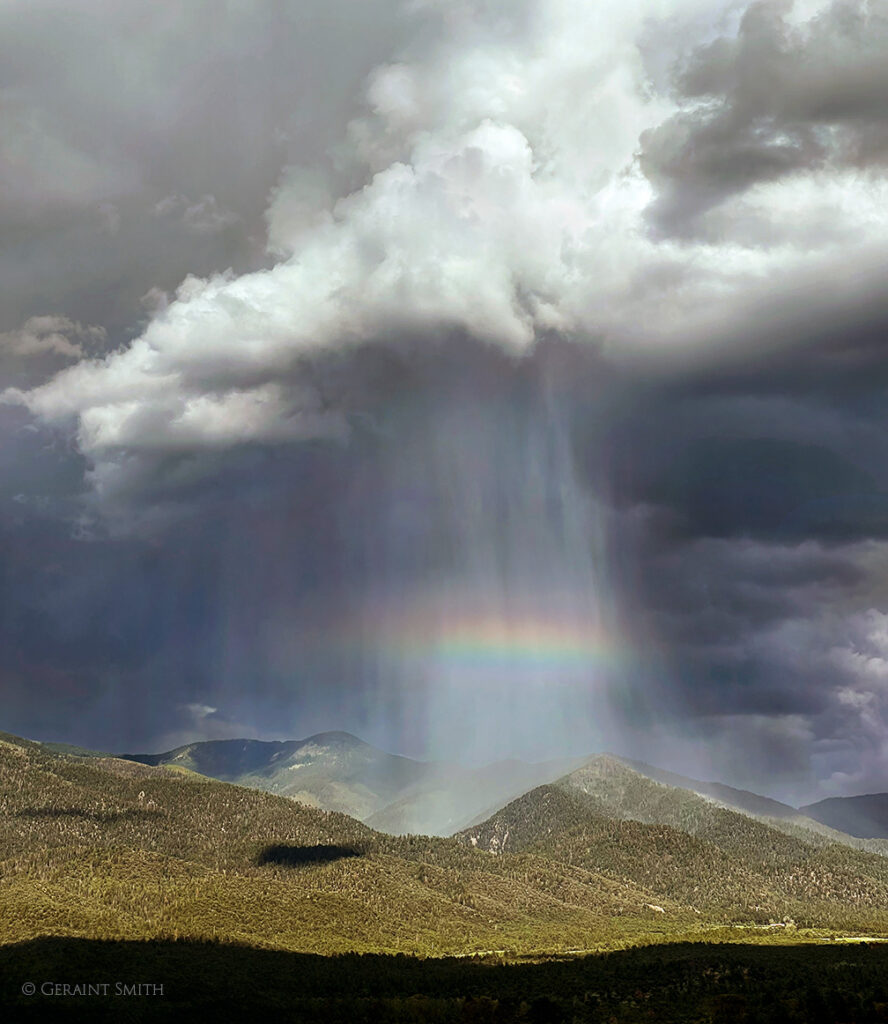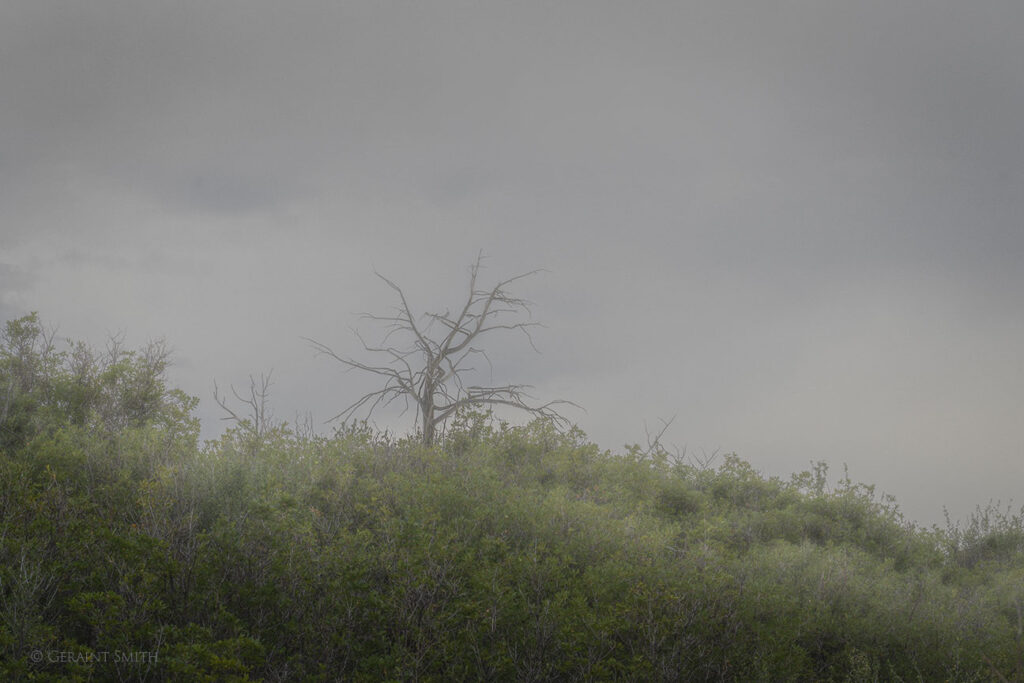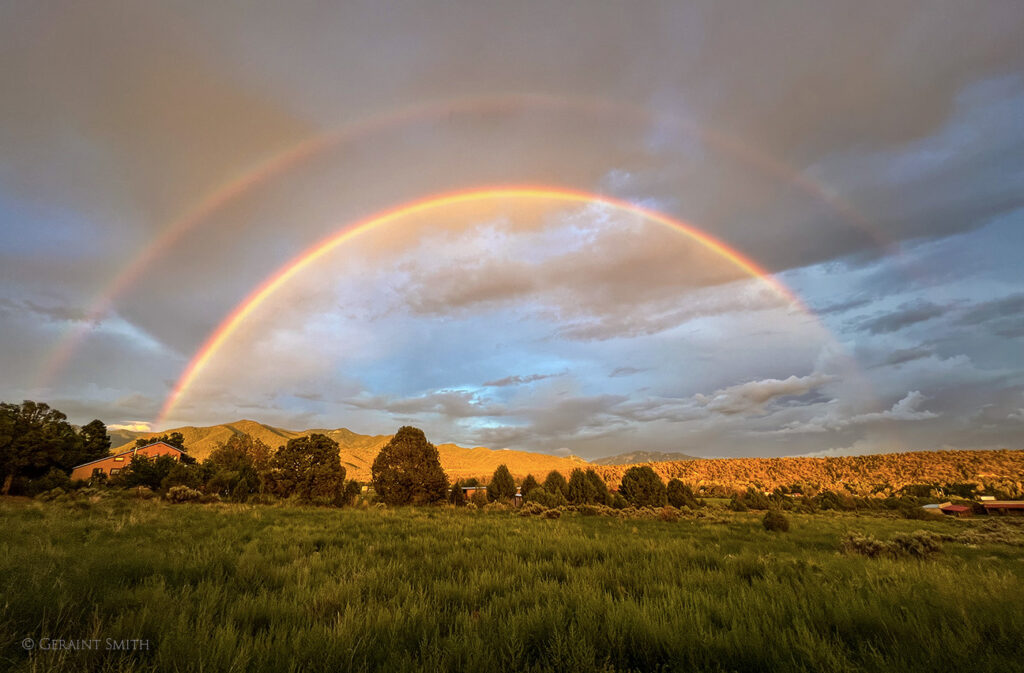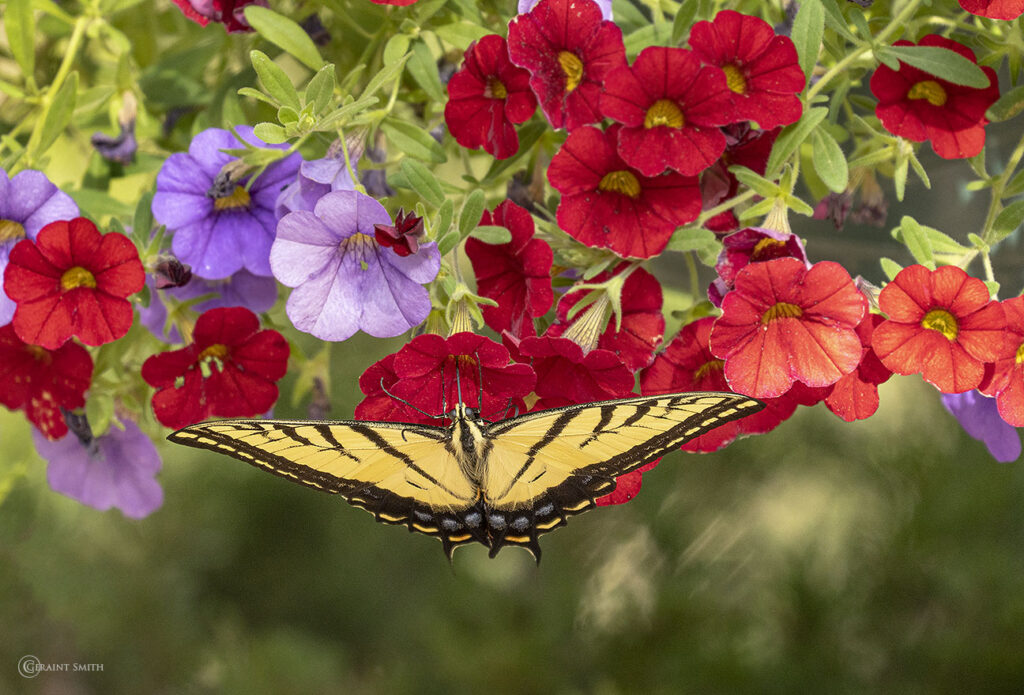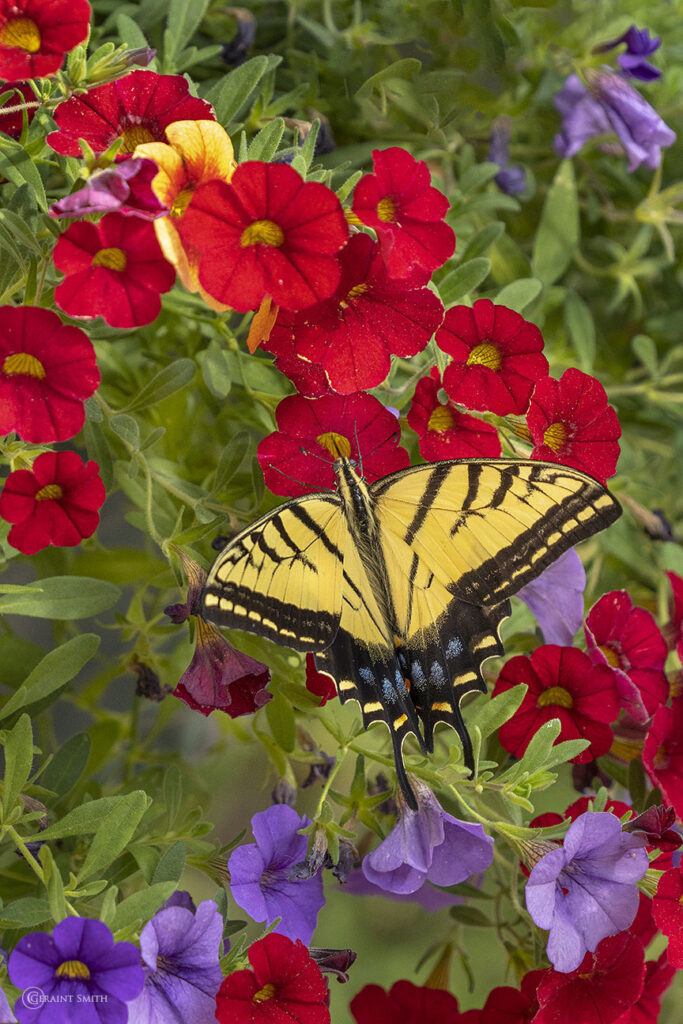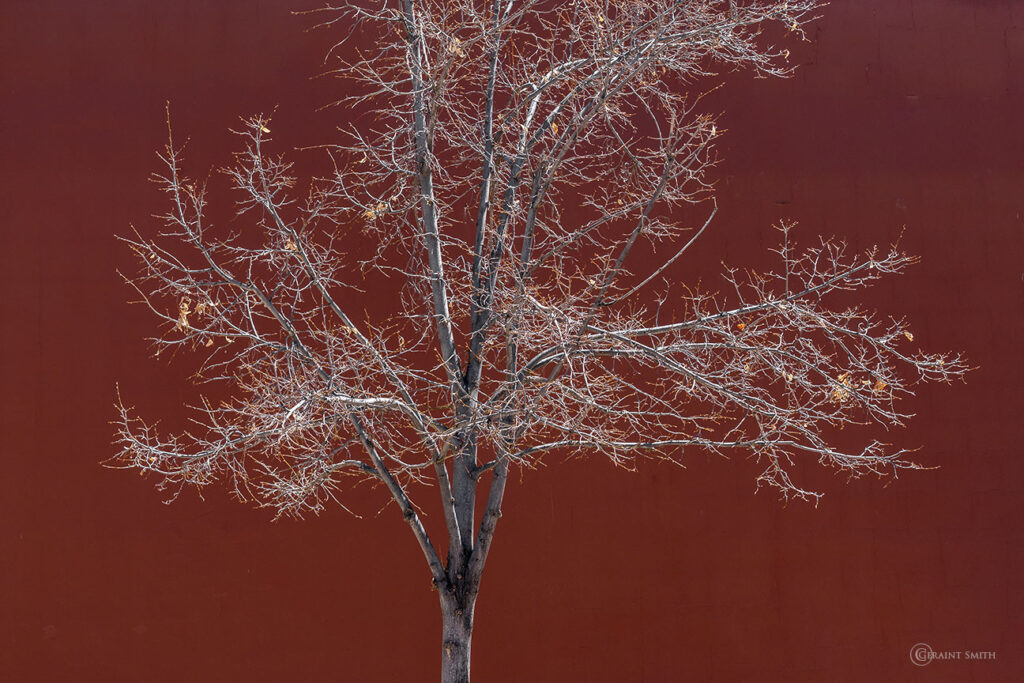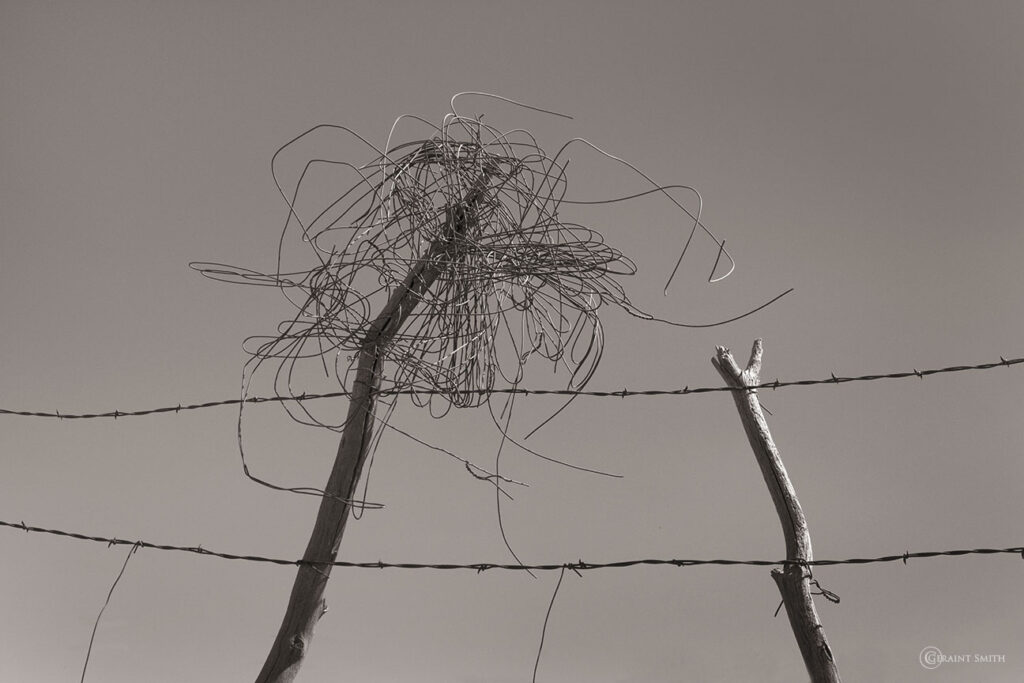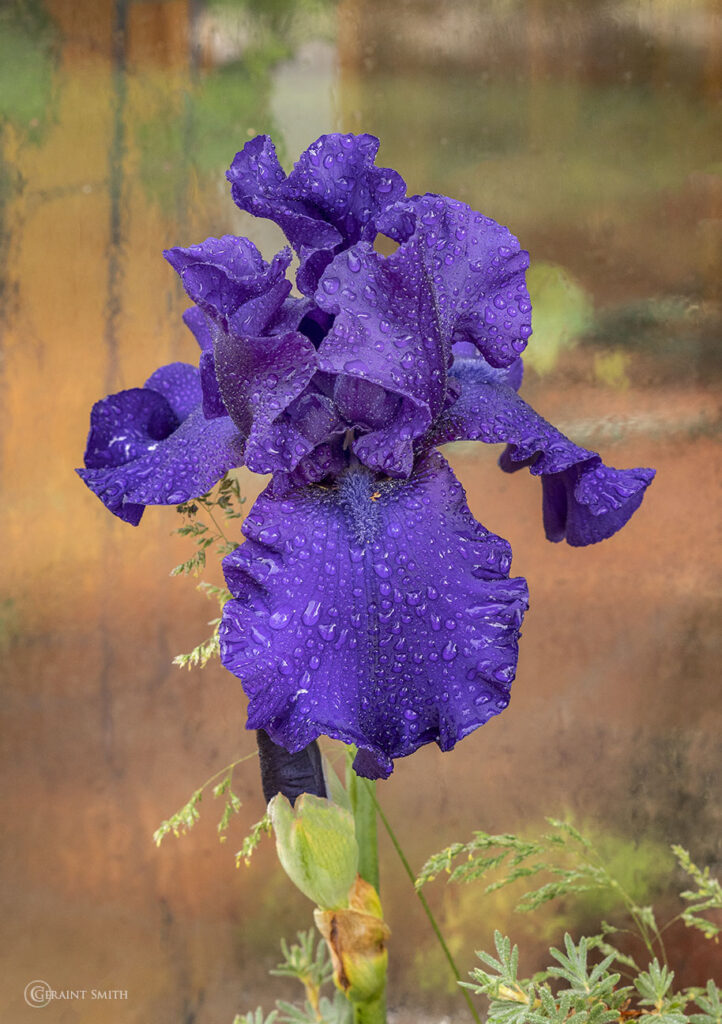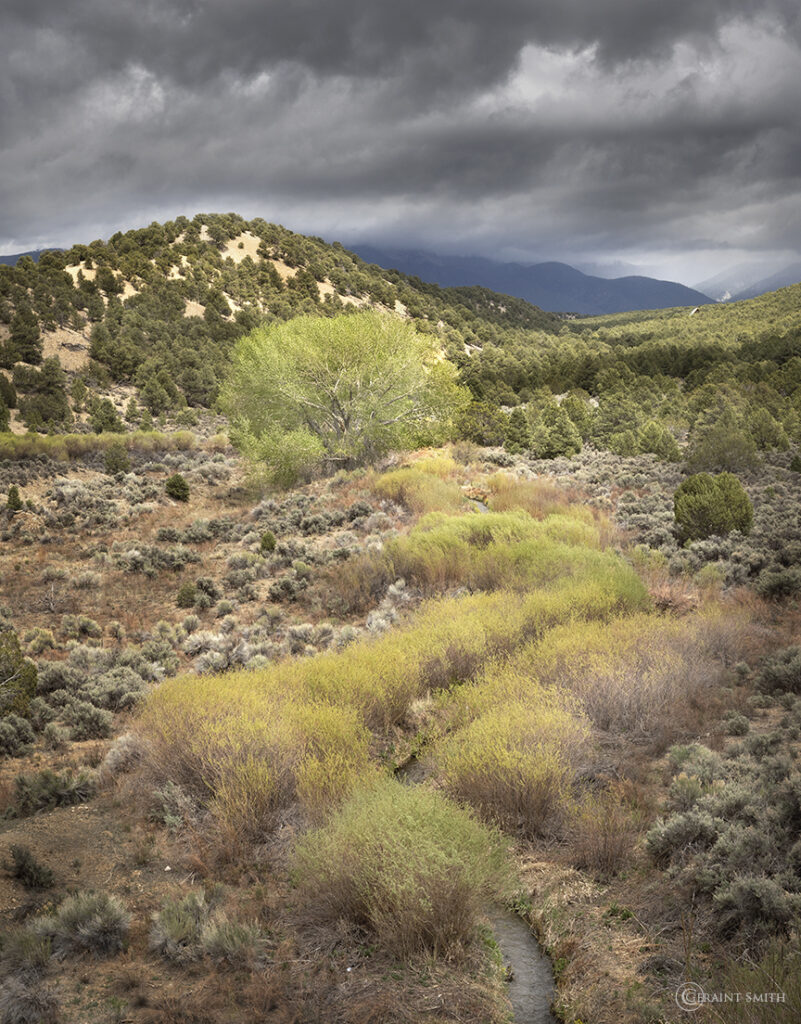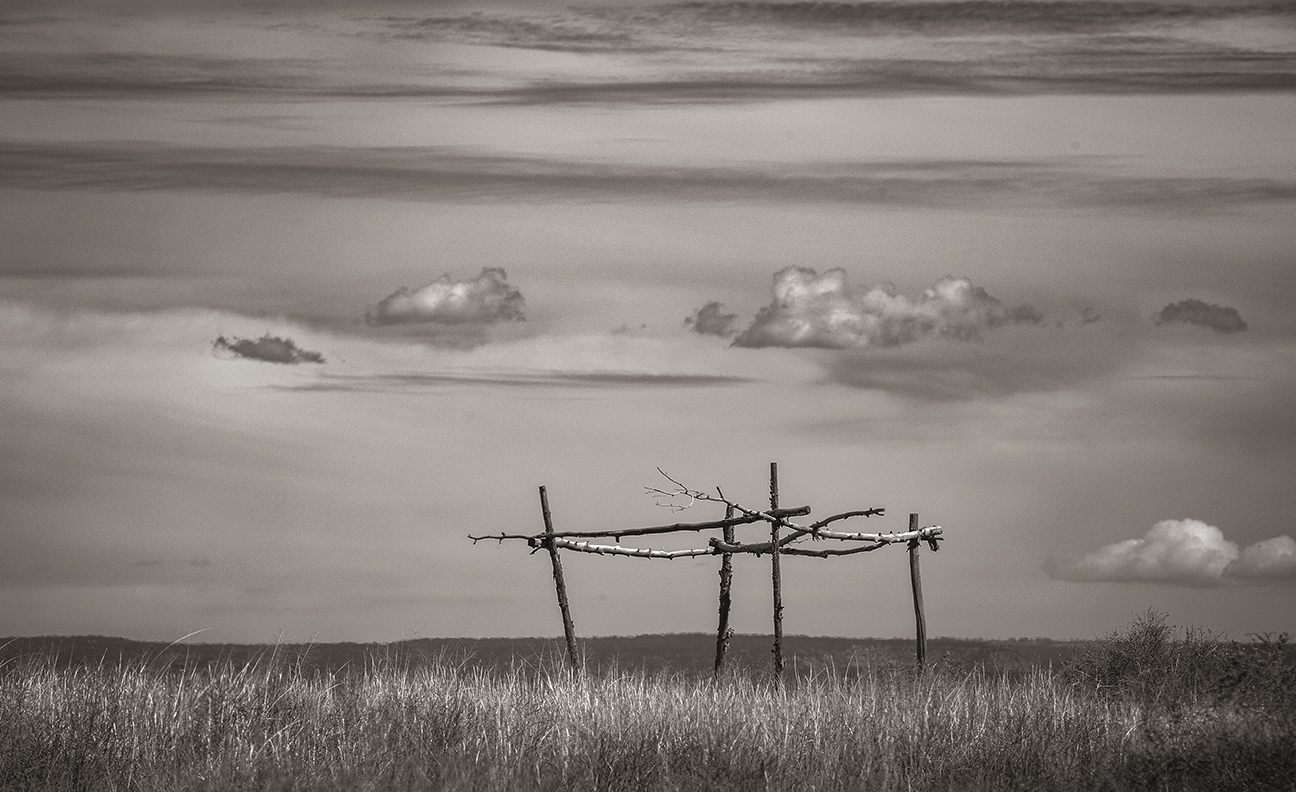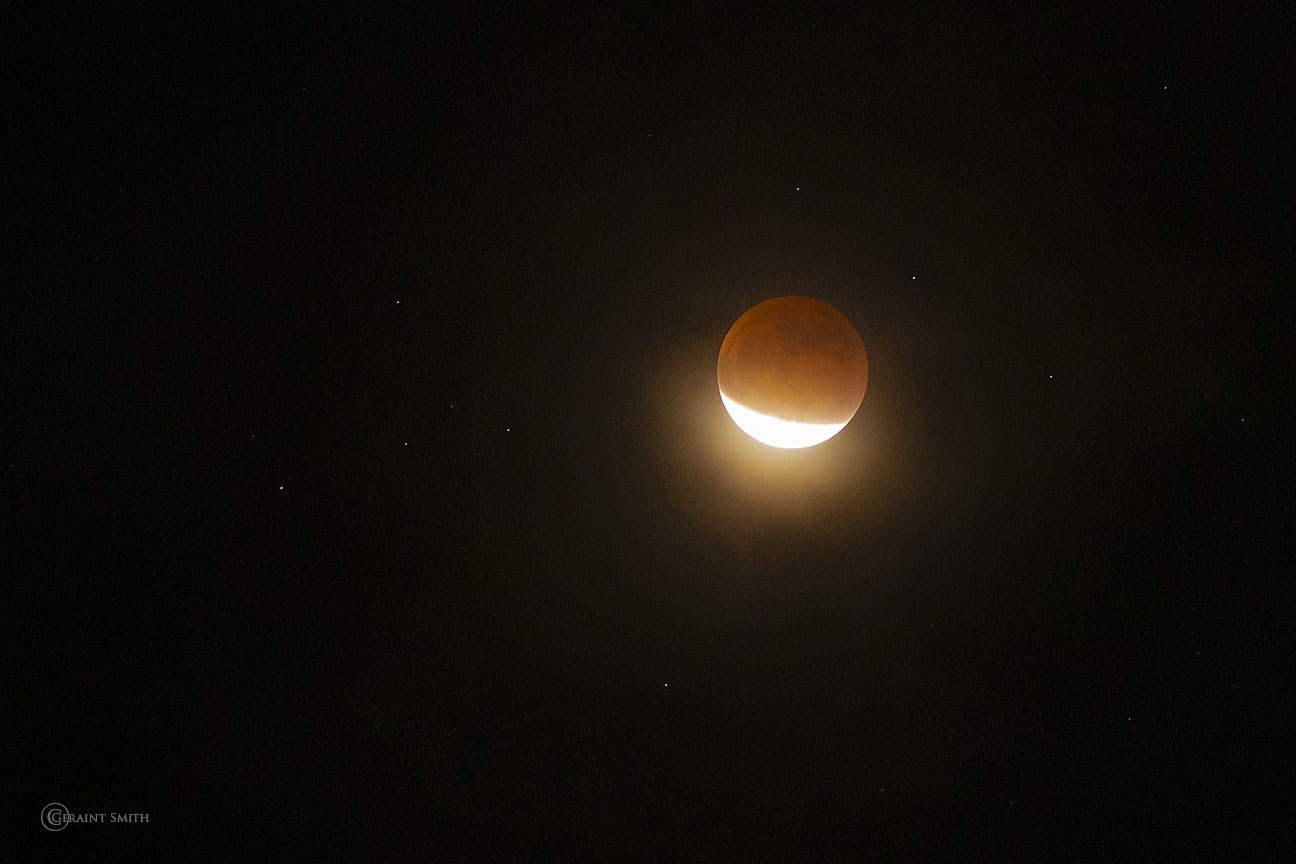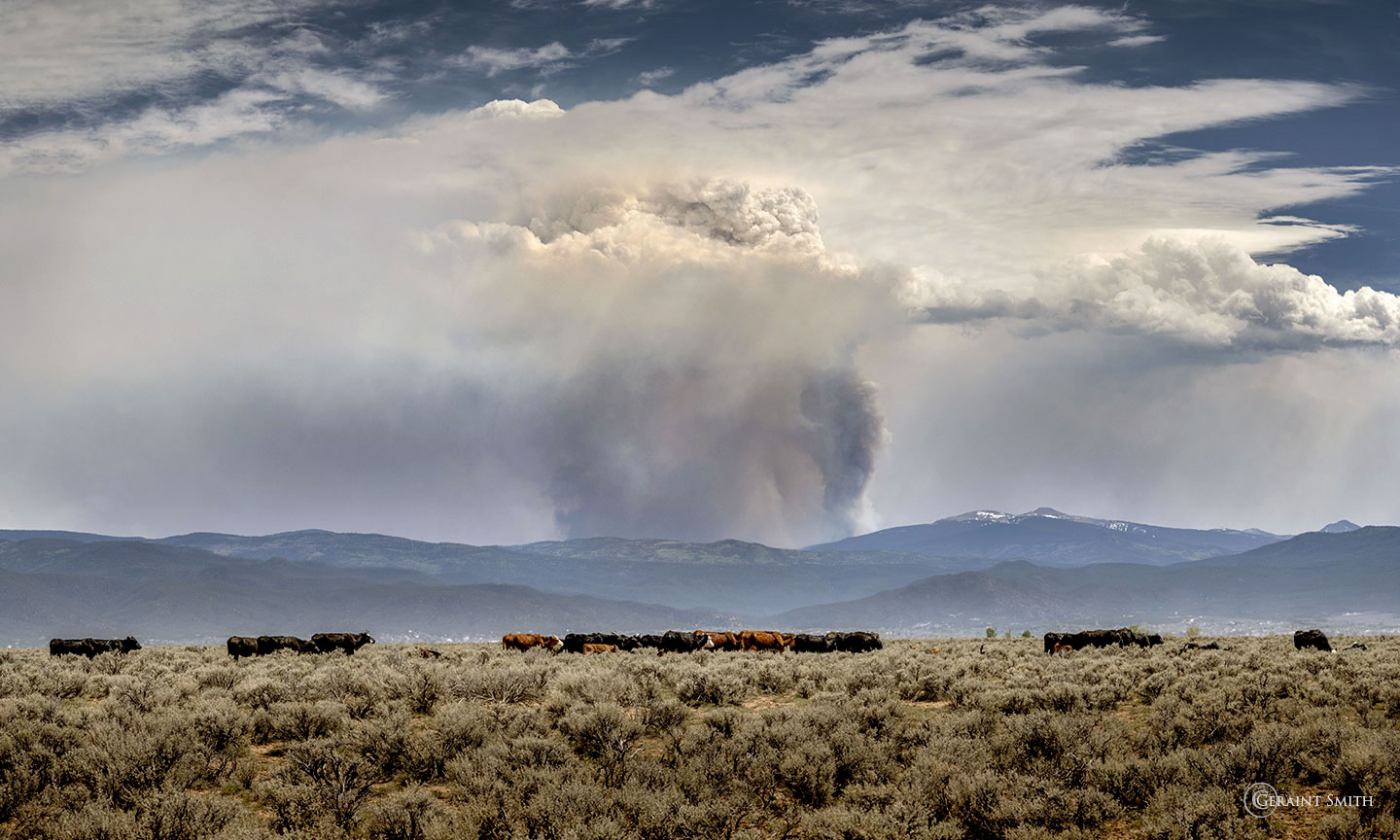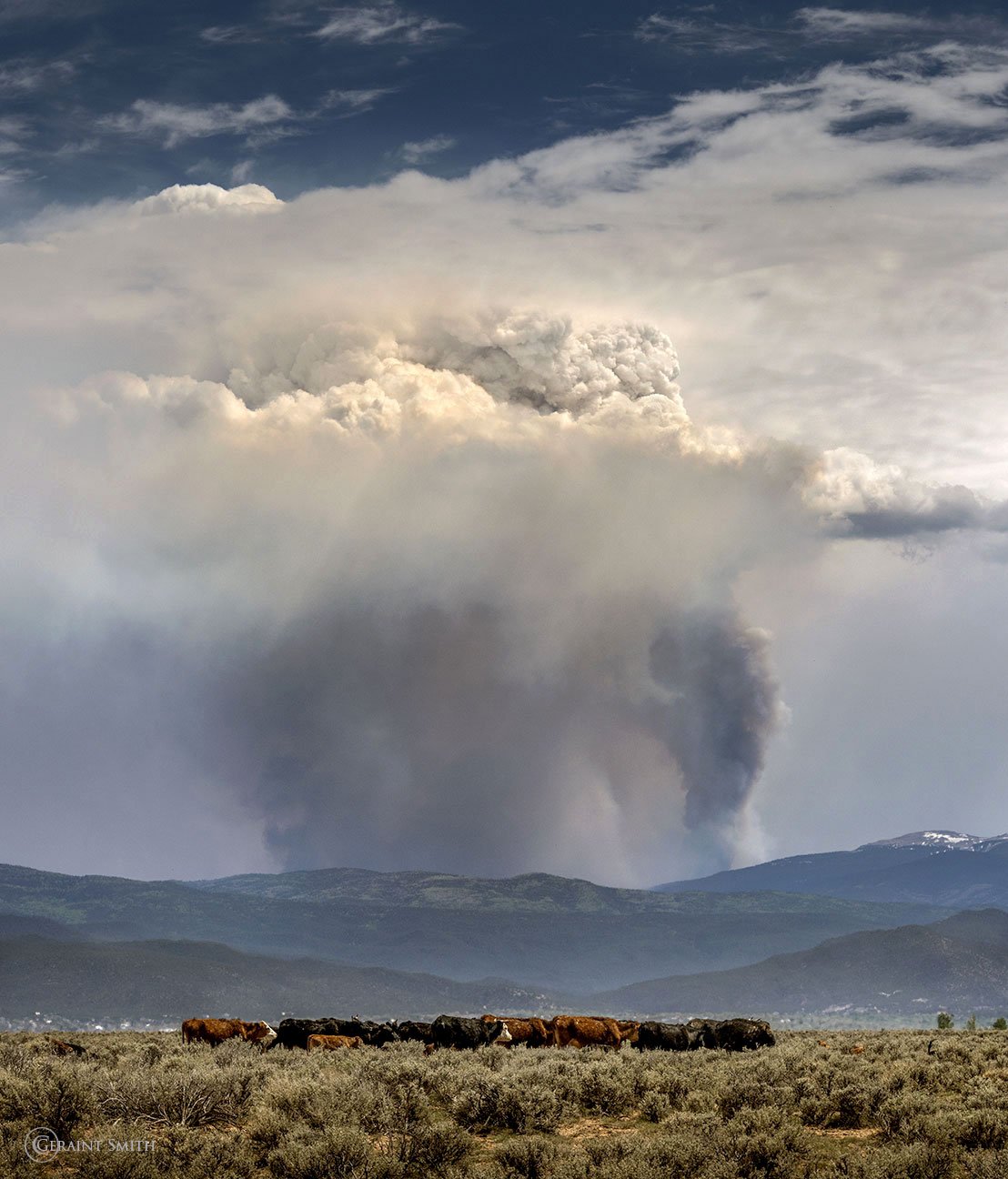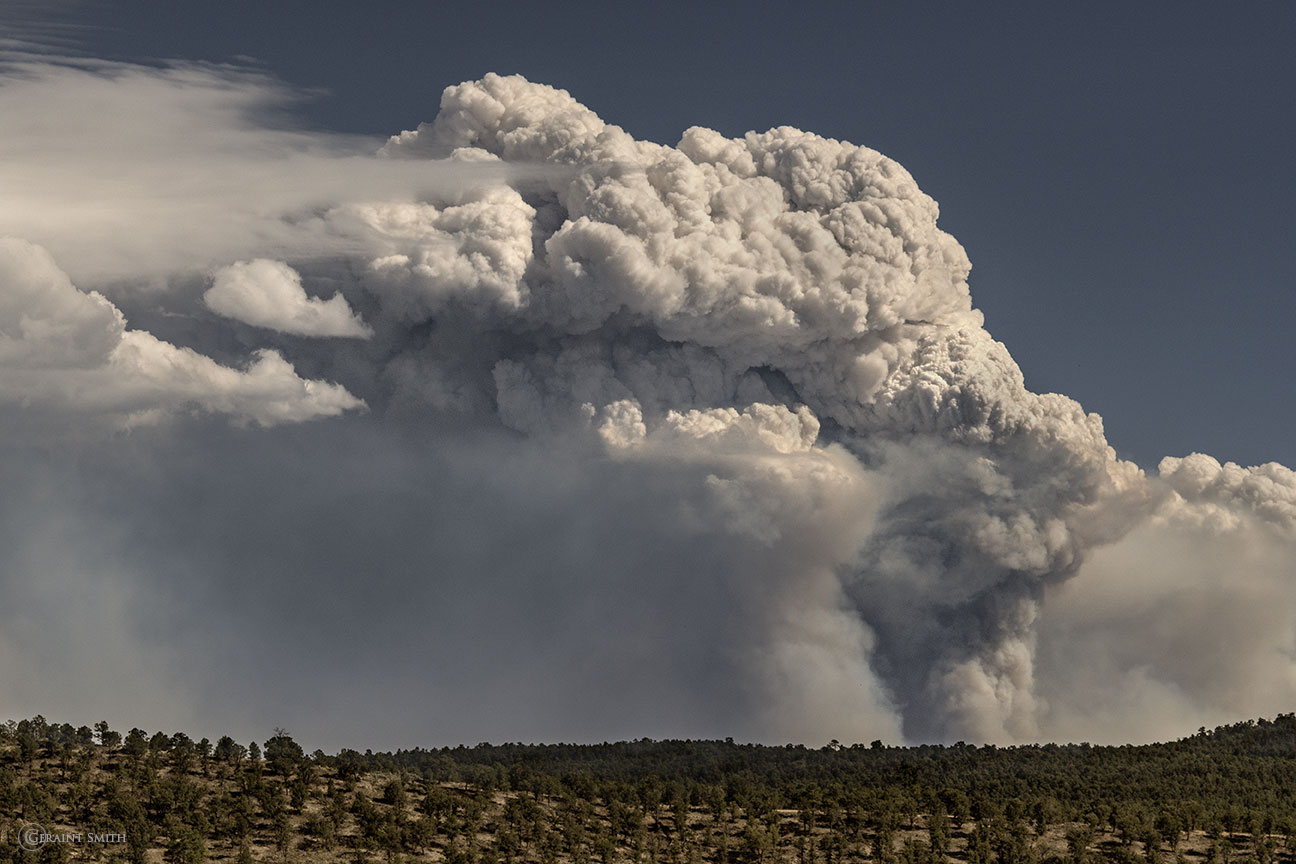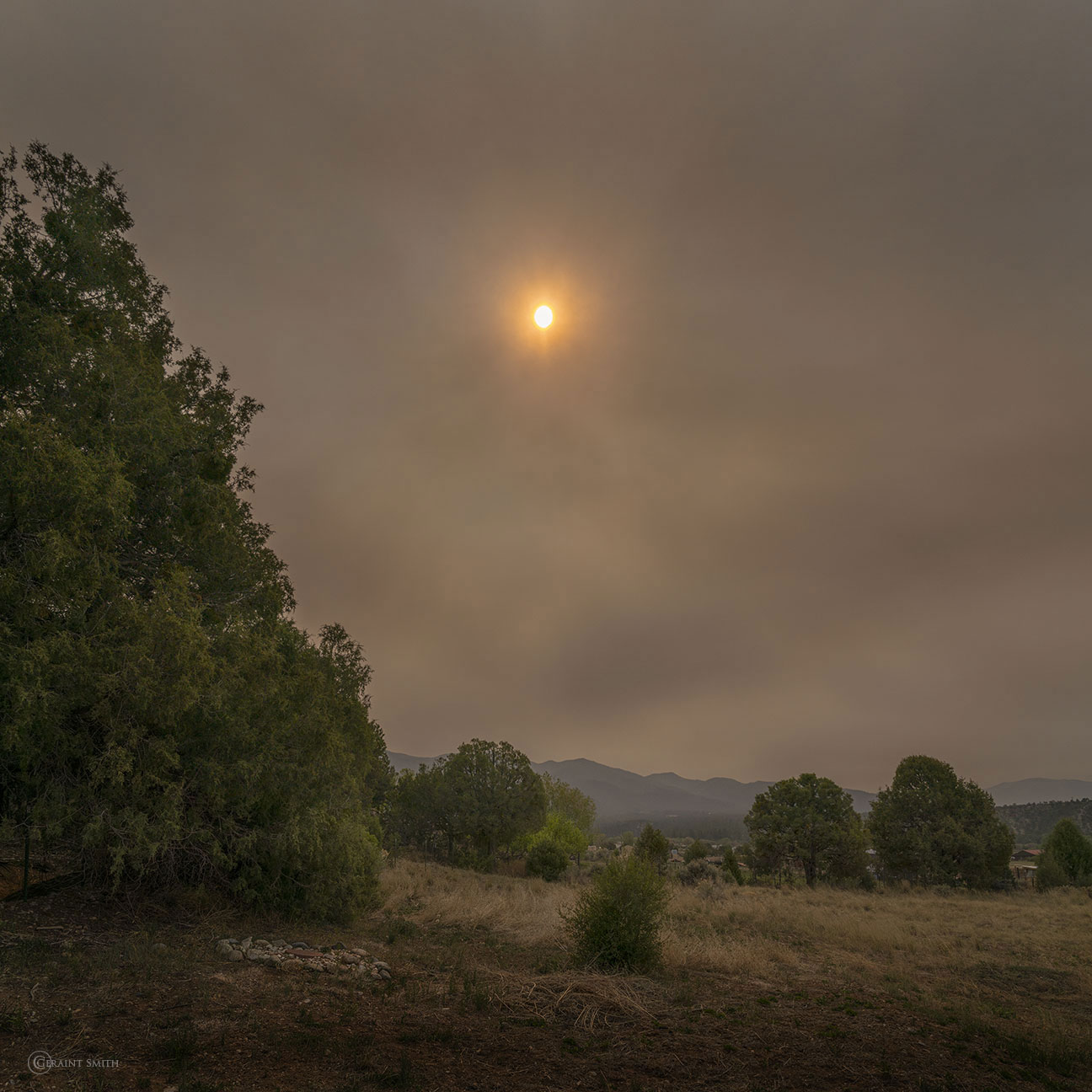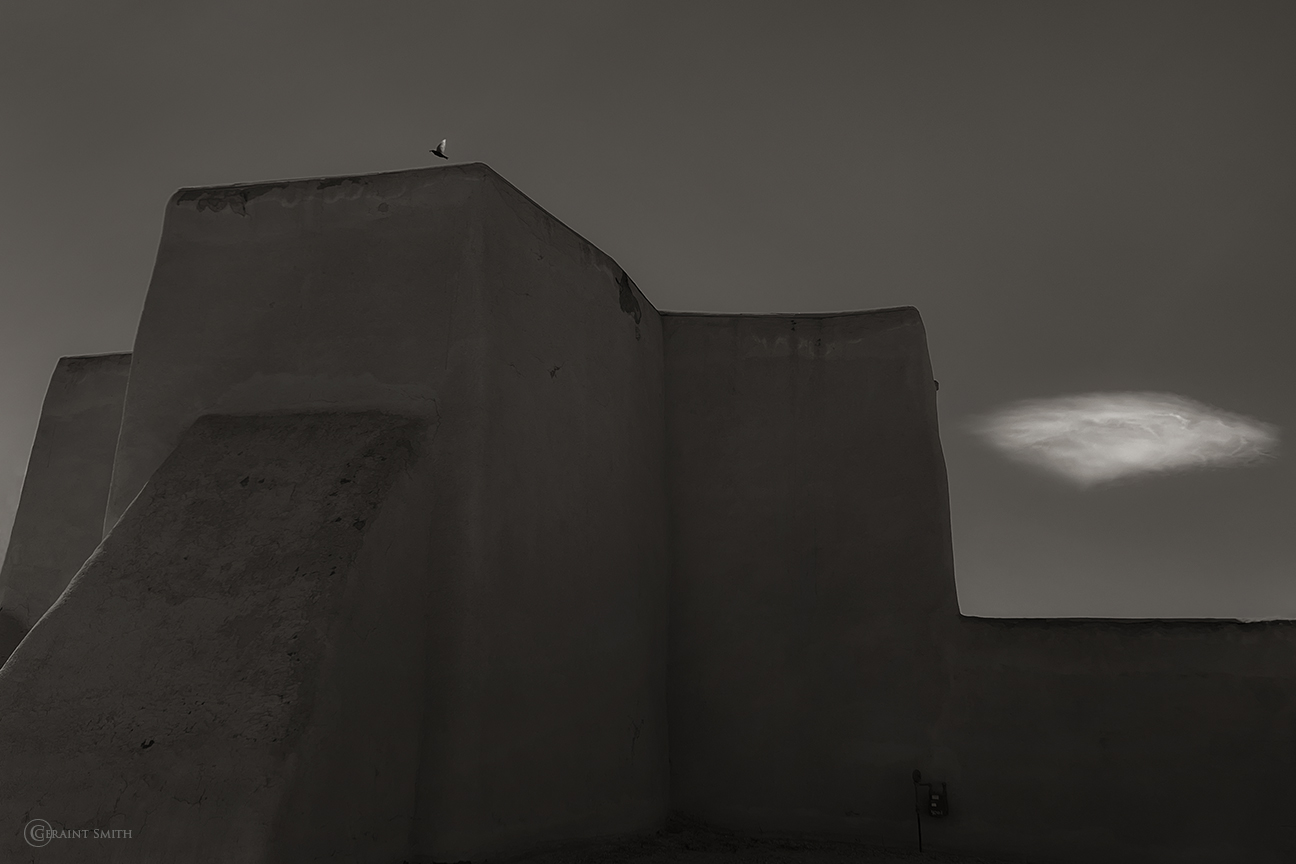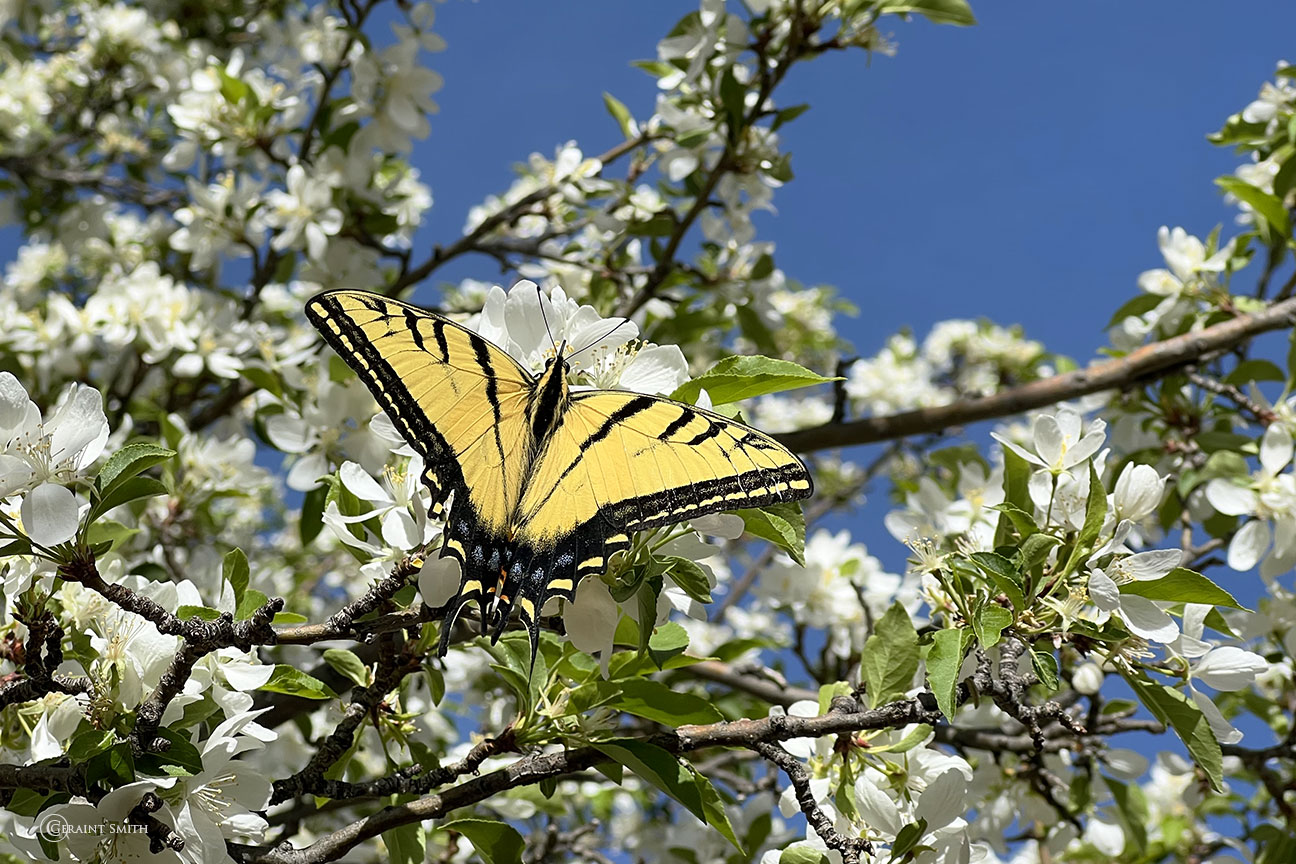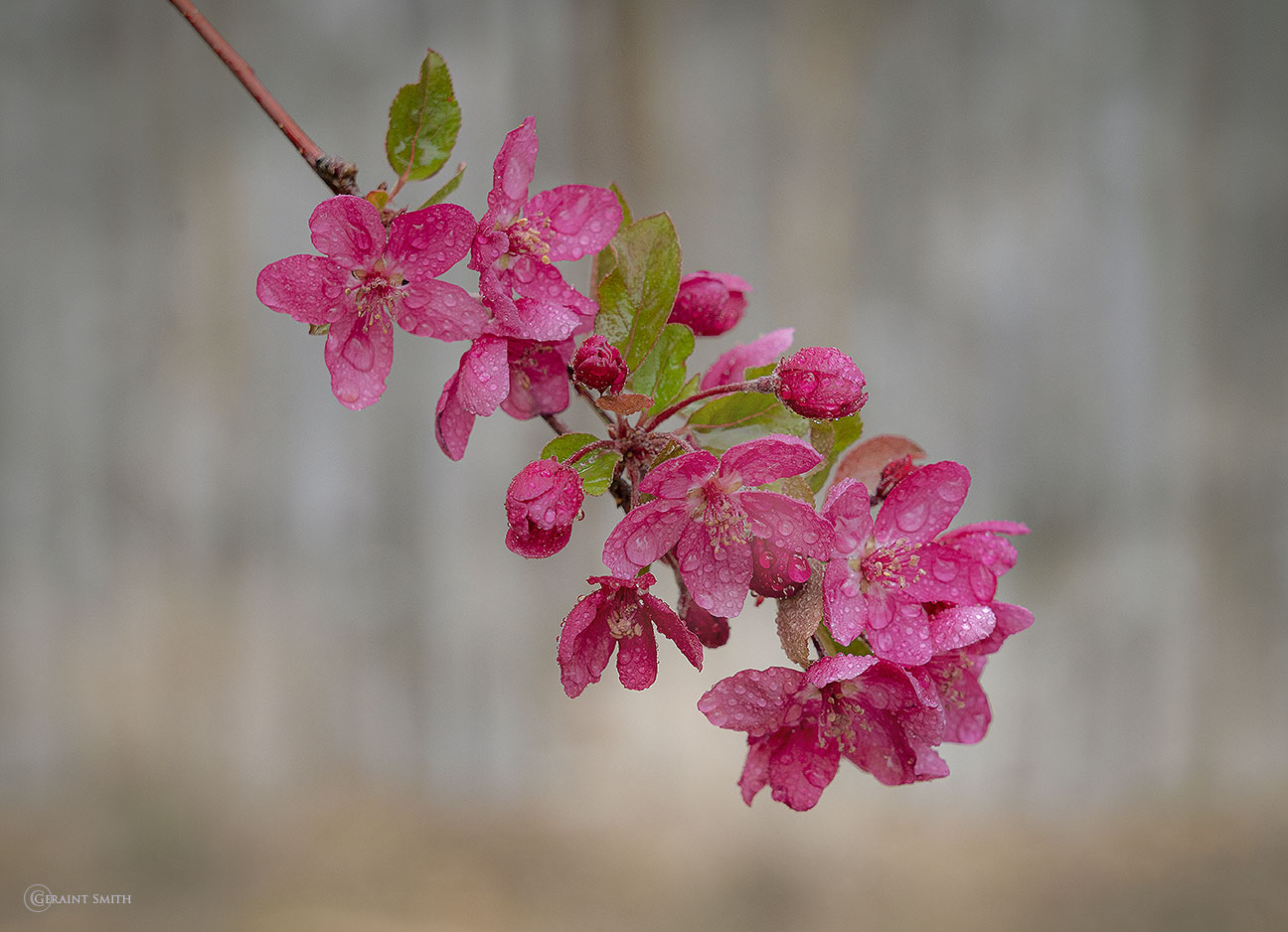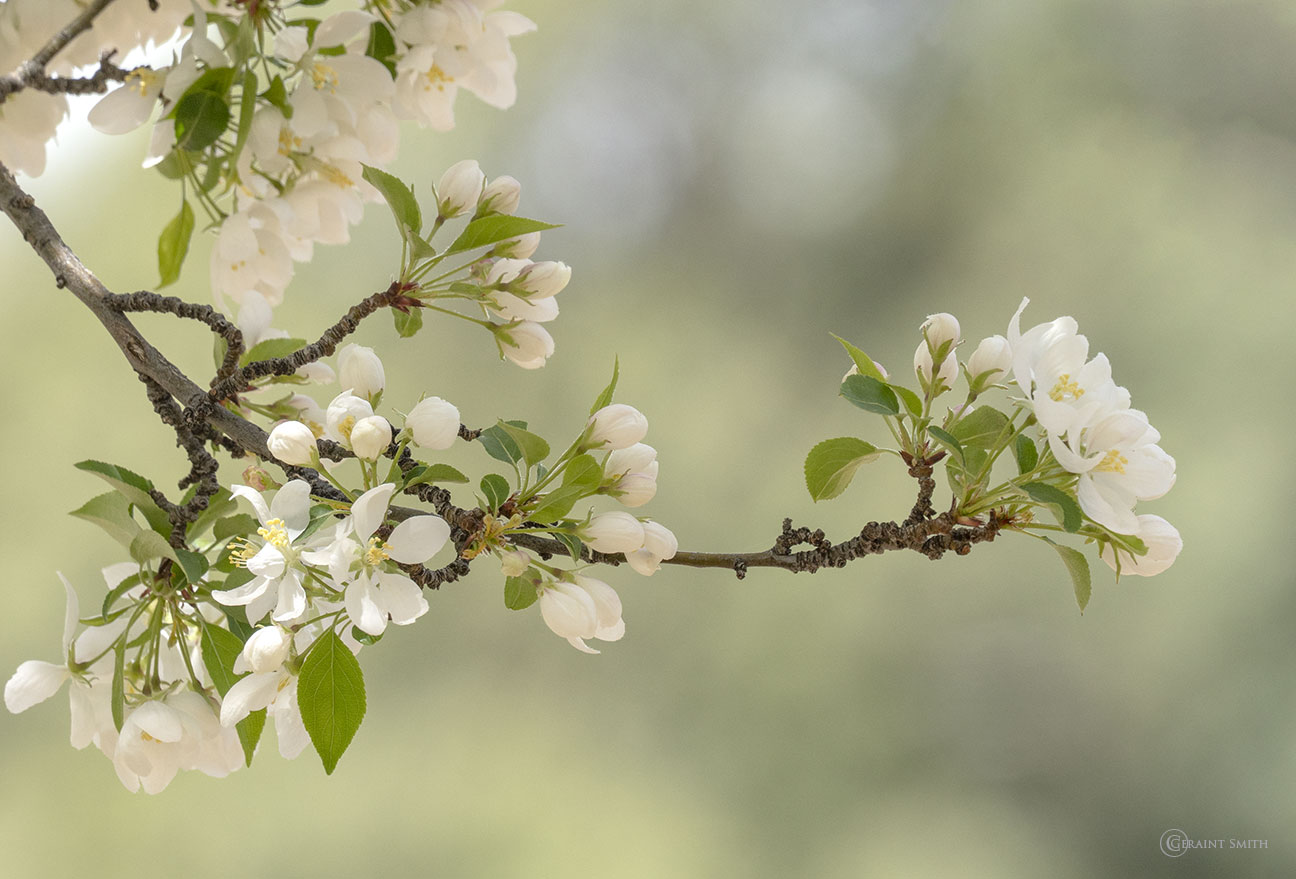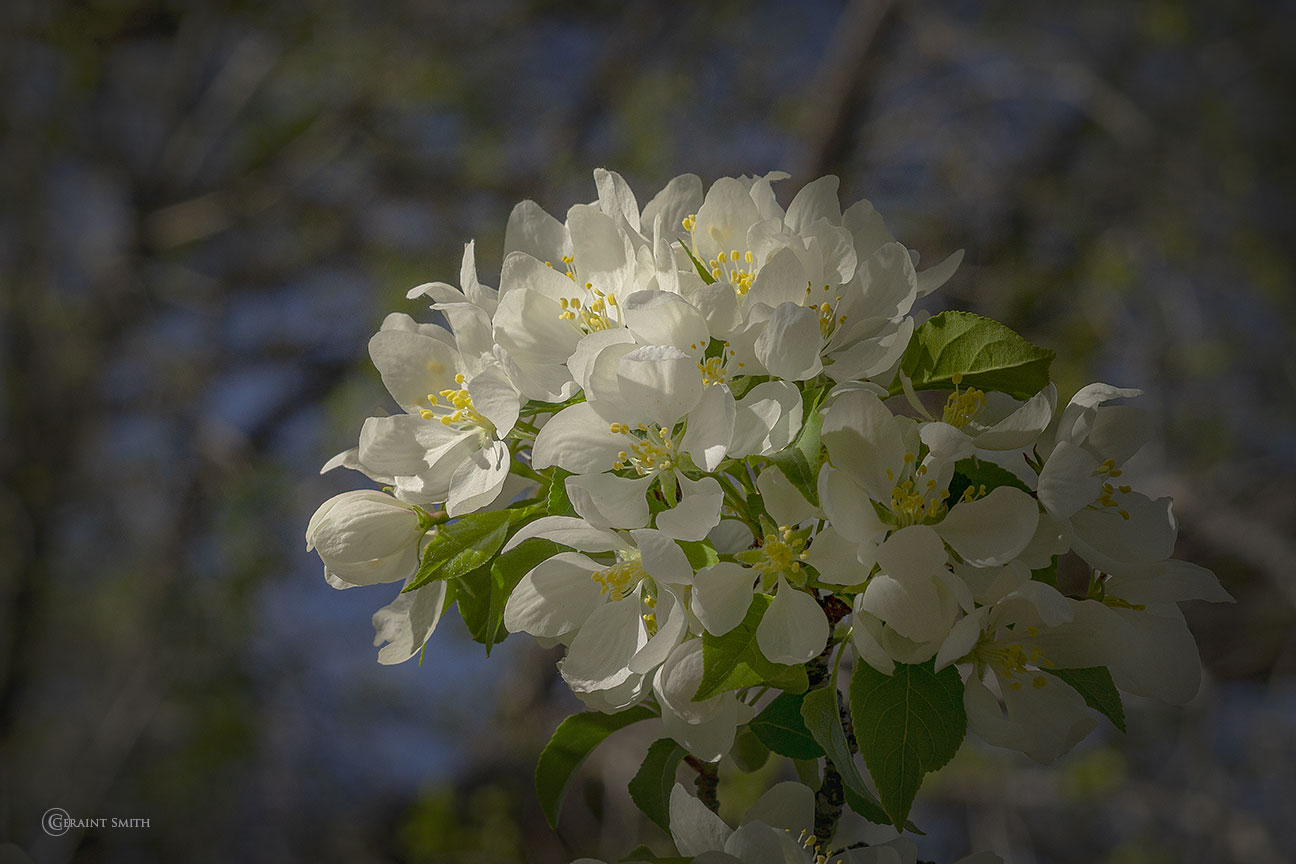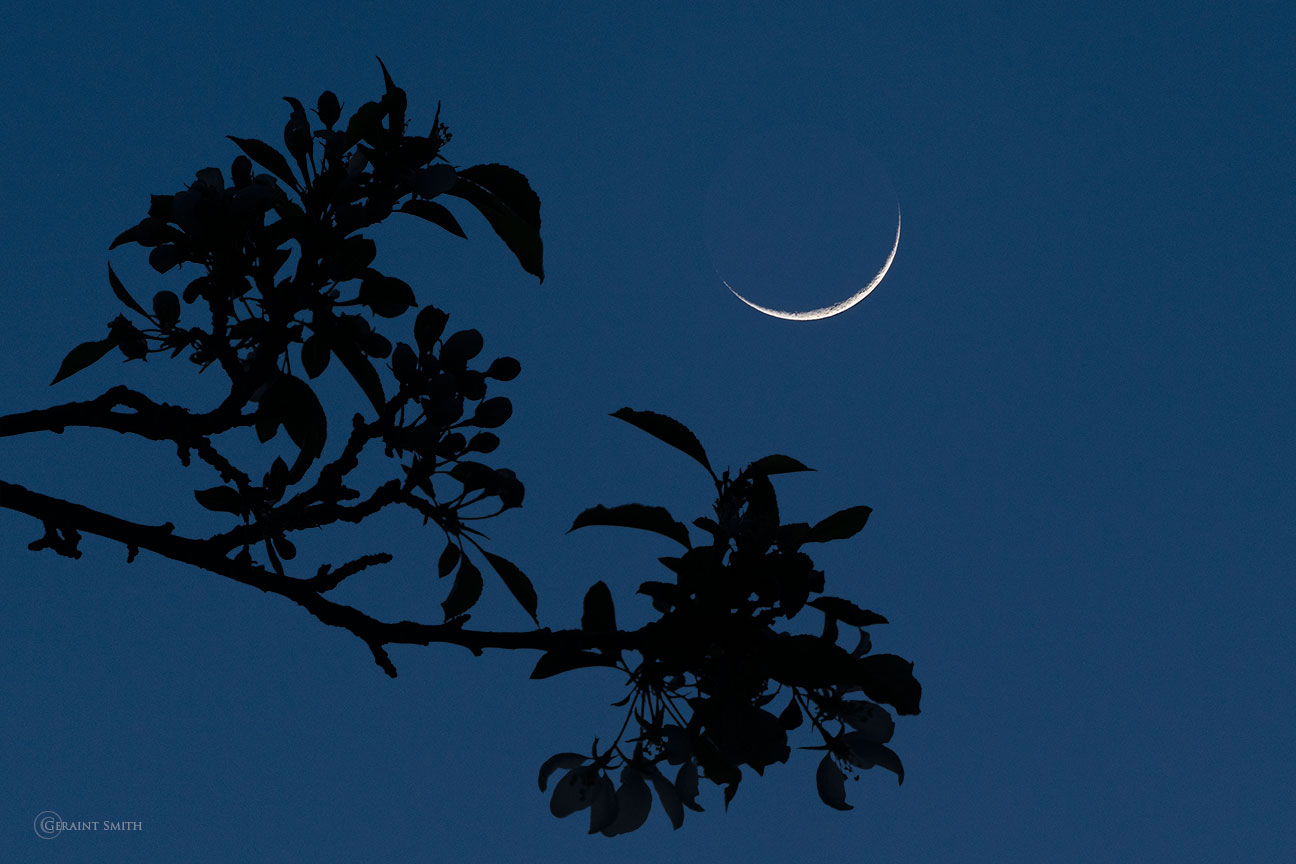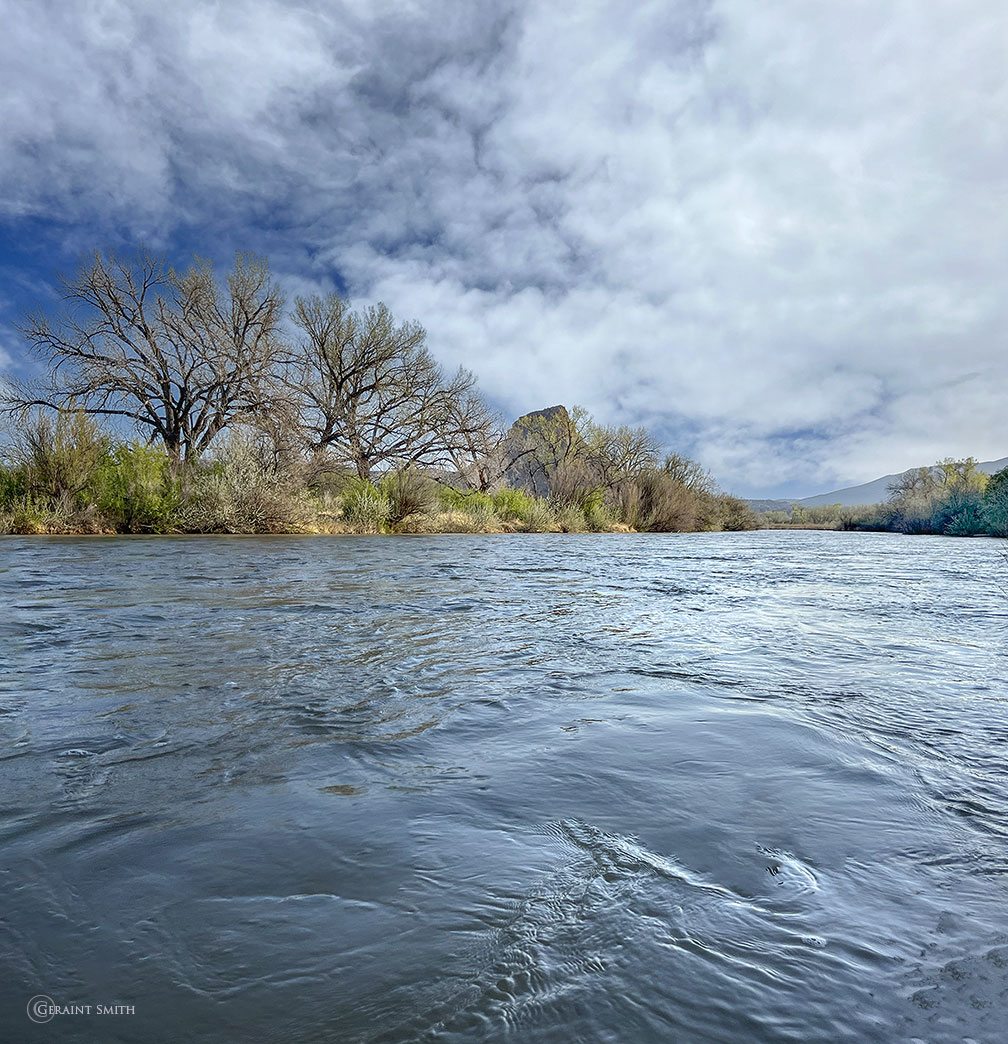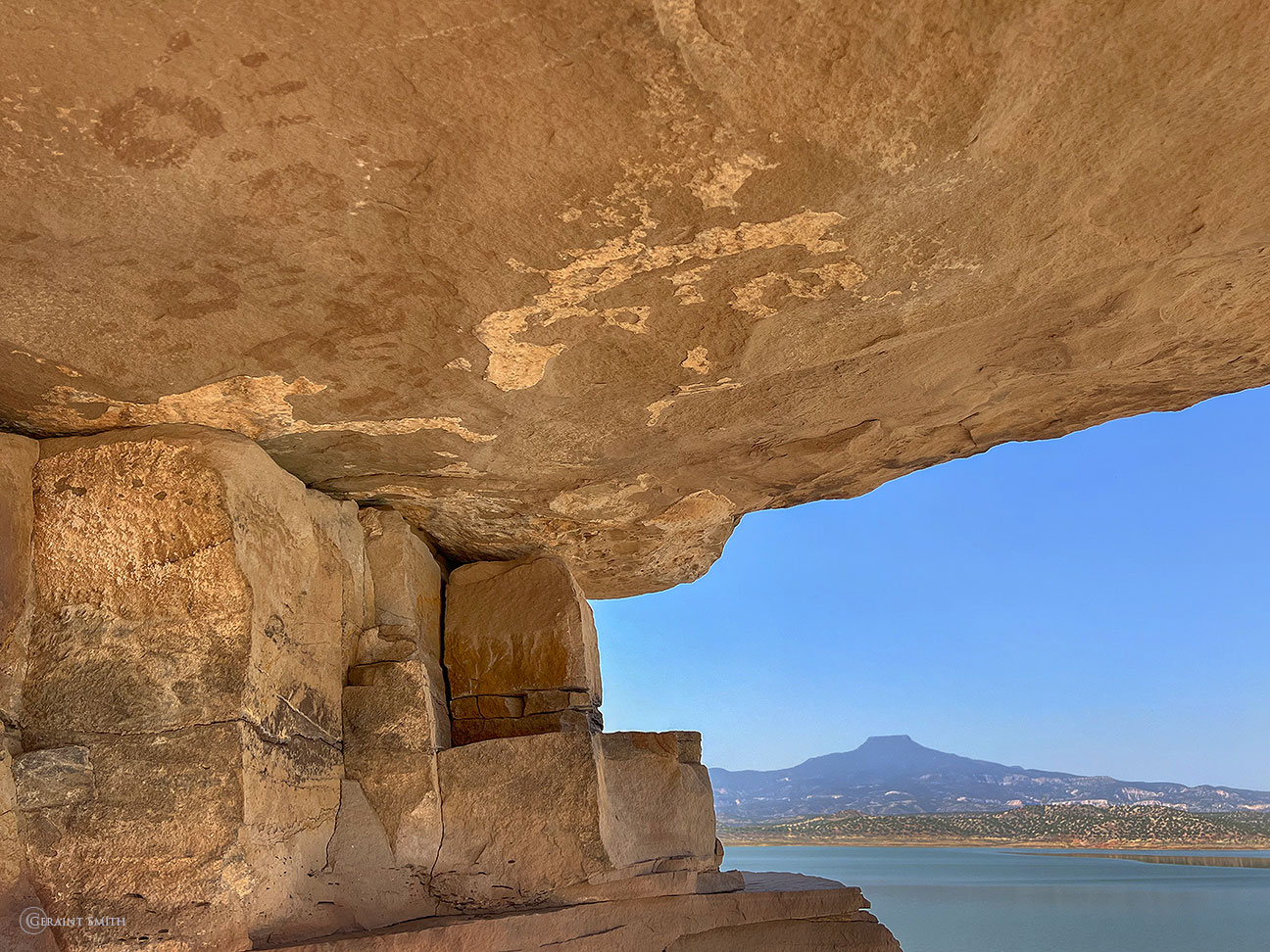Flashback, First Impressions, New Mexico. 04-26-2023
Greetings from San Cristobal. This week, a trip down memory lane, a visual flashback of images from my first few trips and early years in New Mexico.
Looking back it’s hard to visualize almost 40 years since I took the first photograph below in November 1984. The images are in no particular order and captioned with the place and year.
Traveling down memory lane has inspired me to start scanning what will ultimately be a few thousand transparencies. All images are scans of Kodachrome 64 slide film. I hope you enjoy the visit.
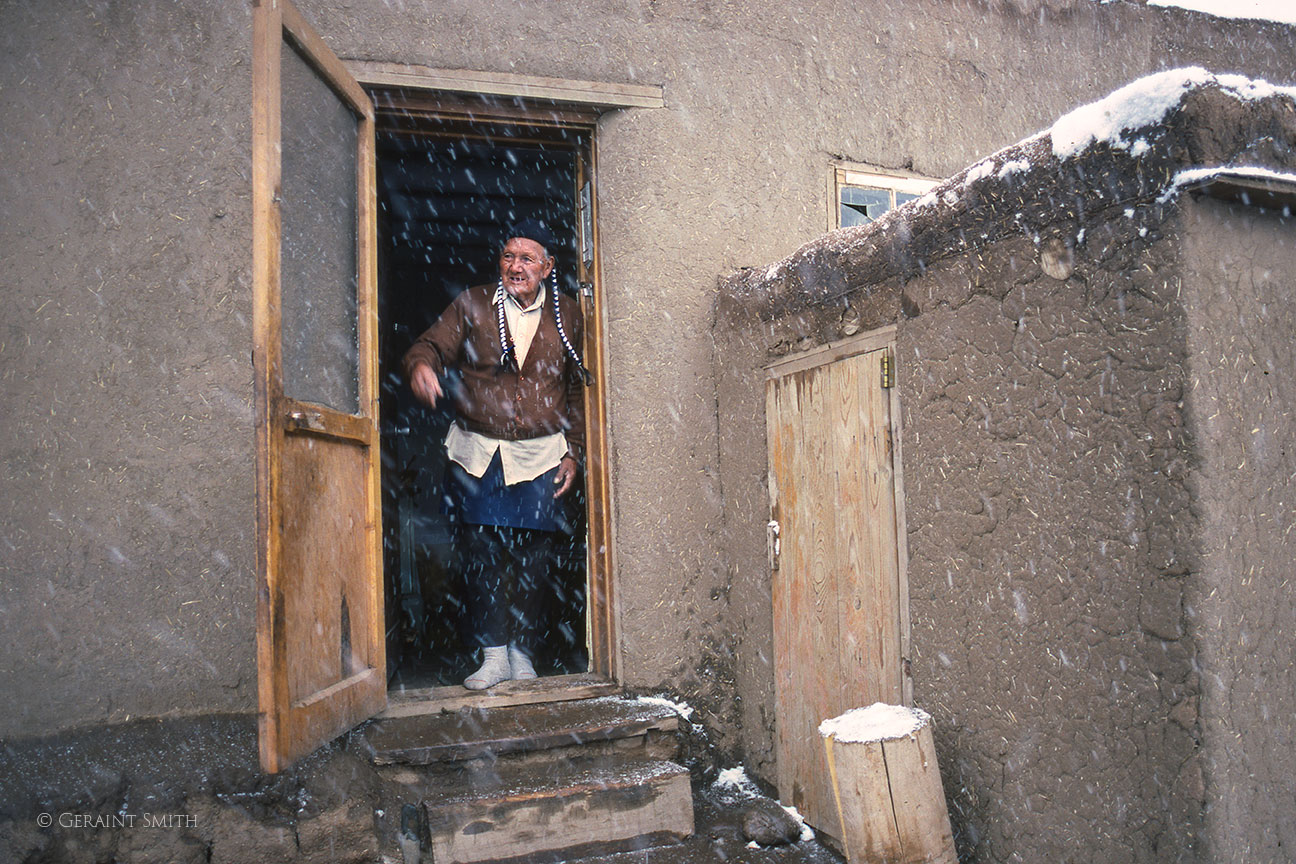
I’ve photographed the church of San José de Gracia in Las Trampas more times than I can count. Below is my very first shot during my first time visiting New Mexico. I have other shots from the trip but I like this one because of the dog sitting casually, minding its own business. Nowadays tourists are the ones getting in my shots.
The sign at the Taos Inn is still welcoming visitors to Taos. No more curios that I know of. Some local characters may pass for curios.
I’d appreciate someone letting me know what vehicles these are. I’m pretty certain the car on the right is a Ford. Currently, the Ford and Adobe are still there.
Traveling during August in New Mexico 1985 many small scale purveyors of local havests, their roadside stands festooned with the red and the green chiles were in abundance and a treat to photograph.
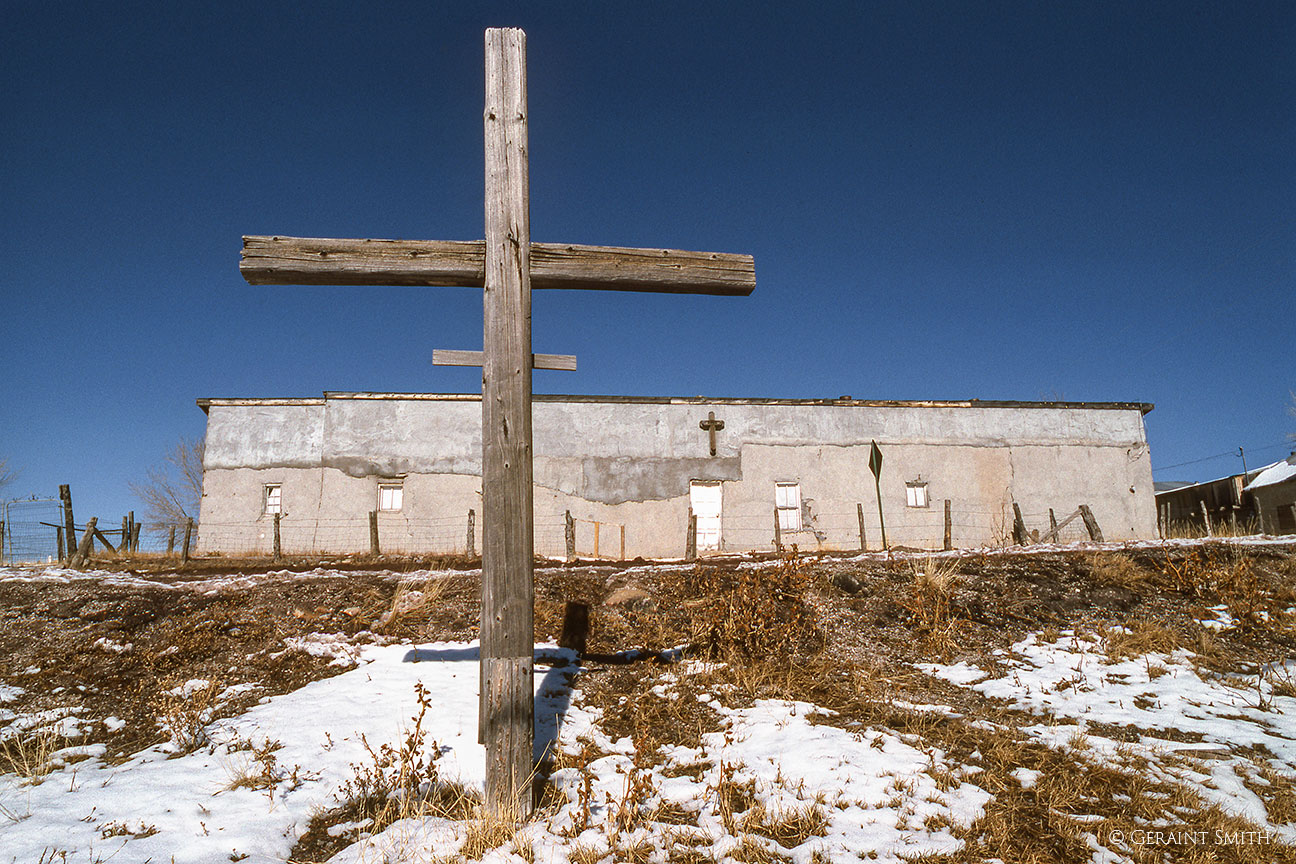
I shot the image below shortly after Dennis Hopper finished filming a murder scene in this old adobe building in the movie Backtrack with Jodie Foster. The adobe home was demolished this year.
Flashback to the Ranchos de Taos Plaza when the Magic Sky Gallery (coral colored building) was open with a boardwalk and planters.
Currently, the Stewart House” formerly a BandB buildings are no longer visible from this location, as many homes now occupy the foreground. Vallecito Peak in the background has become a favorite subject for my work. Change, is the only constant, along with death and taxes.
Plenty of snow my first winter in New Mexico. That’s my 1958 Volkswagen Beetle buried there in front of the house.
Here’s a picture of my friend and artist, Harry Vedoe when we skied from Talpa and way beyond into the hills. Later in the day we had a wonderful run down and soak in the Ponce de Leon hot springs before heading home. In the winter of February 1989, we had a lot of snow. We were able to cross-country ski out the door on many occasions.
This tree has been featured in my work for many years. After thriving for many years it has finally succumbed to neglect and lack of moisture. It’s still standing, for now.
A drive to Sandia Crest revealed a trail worthy of an afternoon stroll in the fresh snowfall, with views to the west of Albuquerque.
The bison below escaped from the herd at Taos Pueblo. I happened to be driving along and took some shots before it was caught and returned to the Pueblo.
As always, thanks for looking. Have a great week. G
